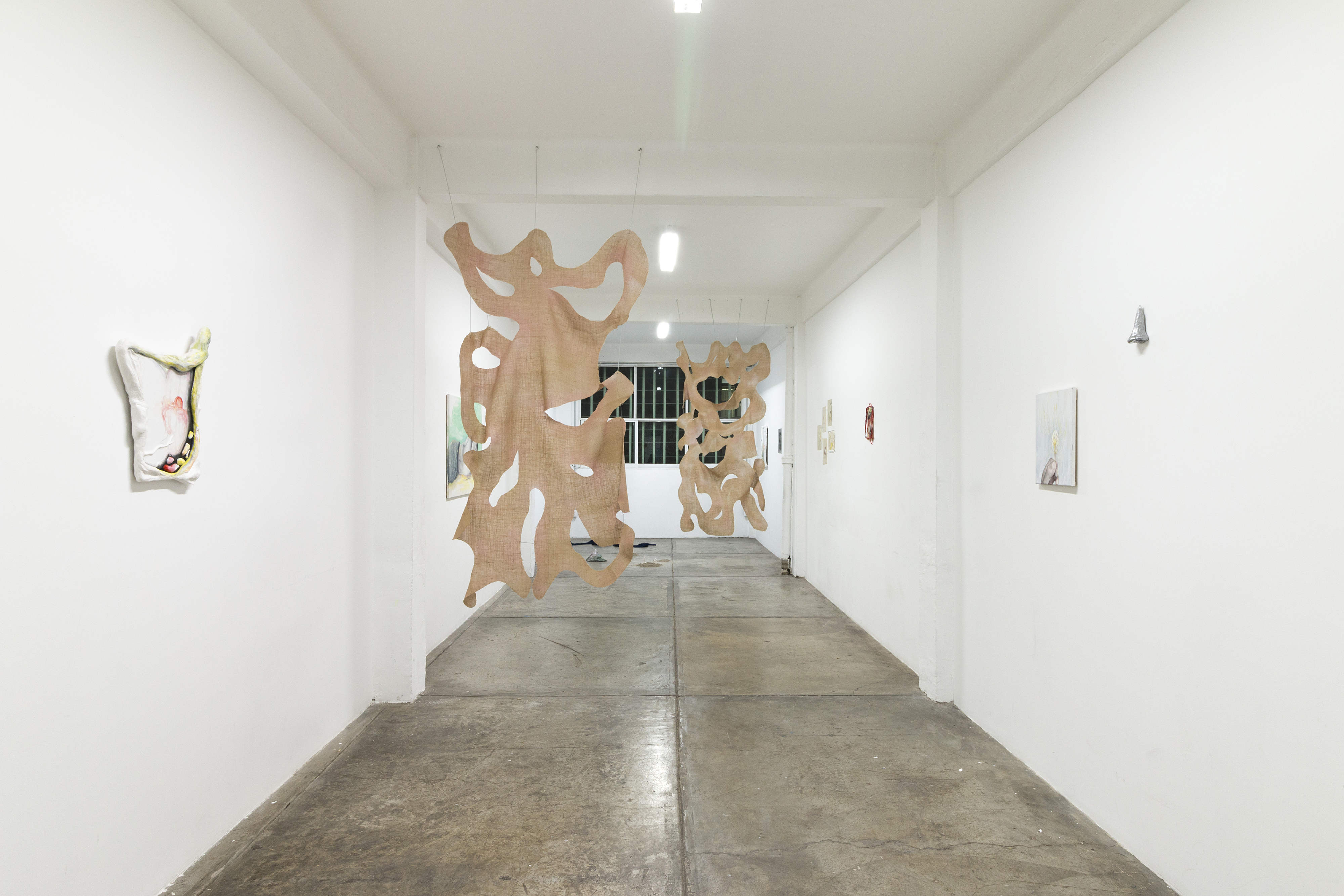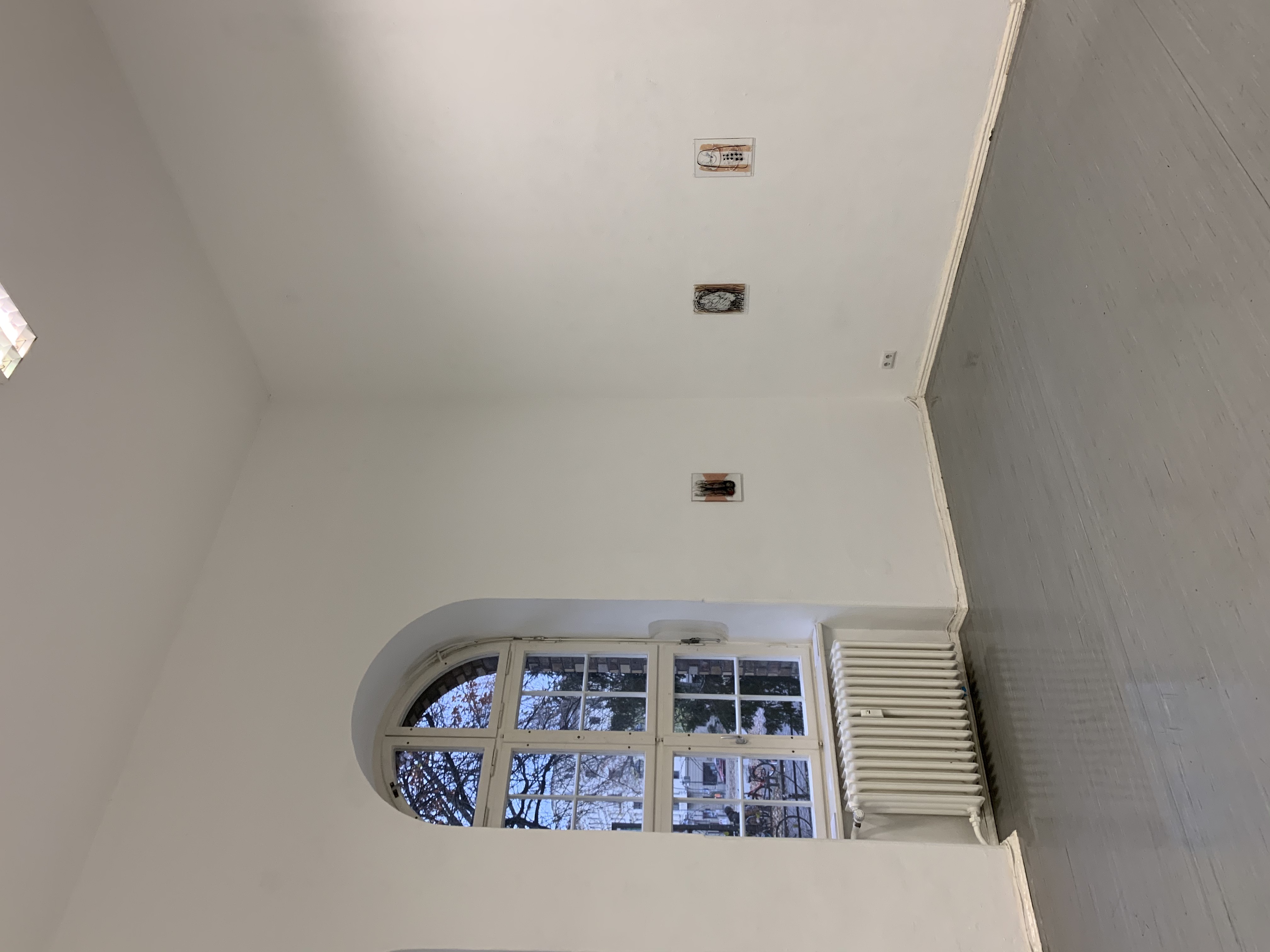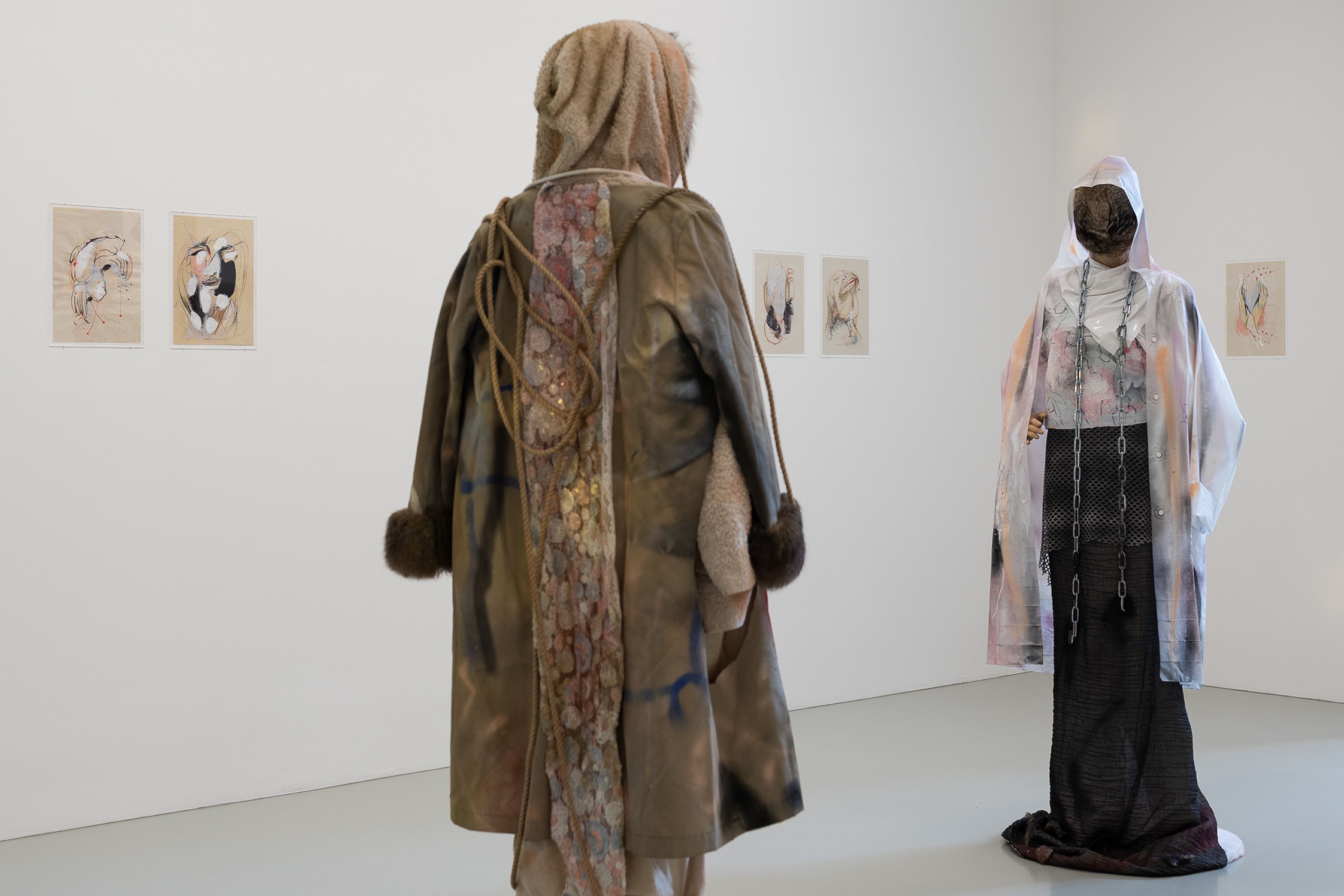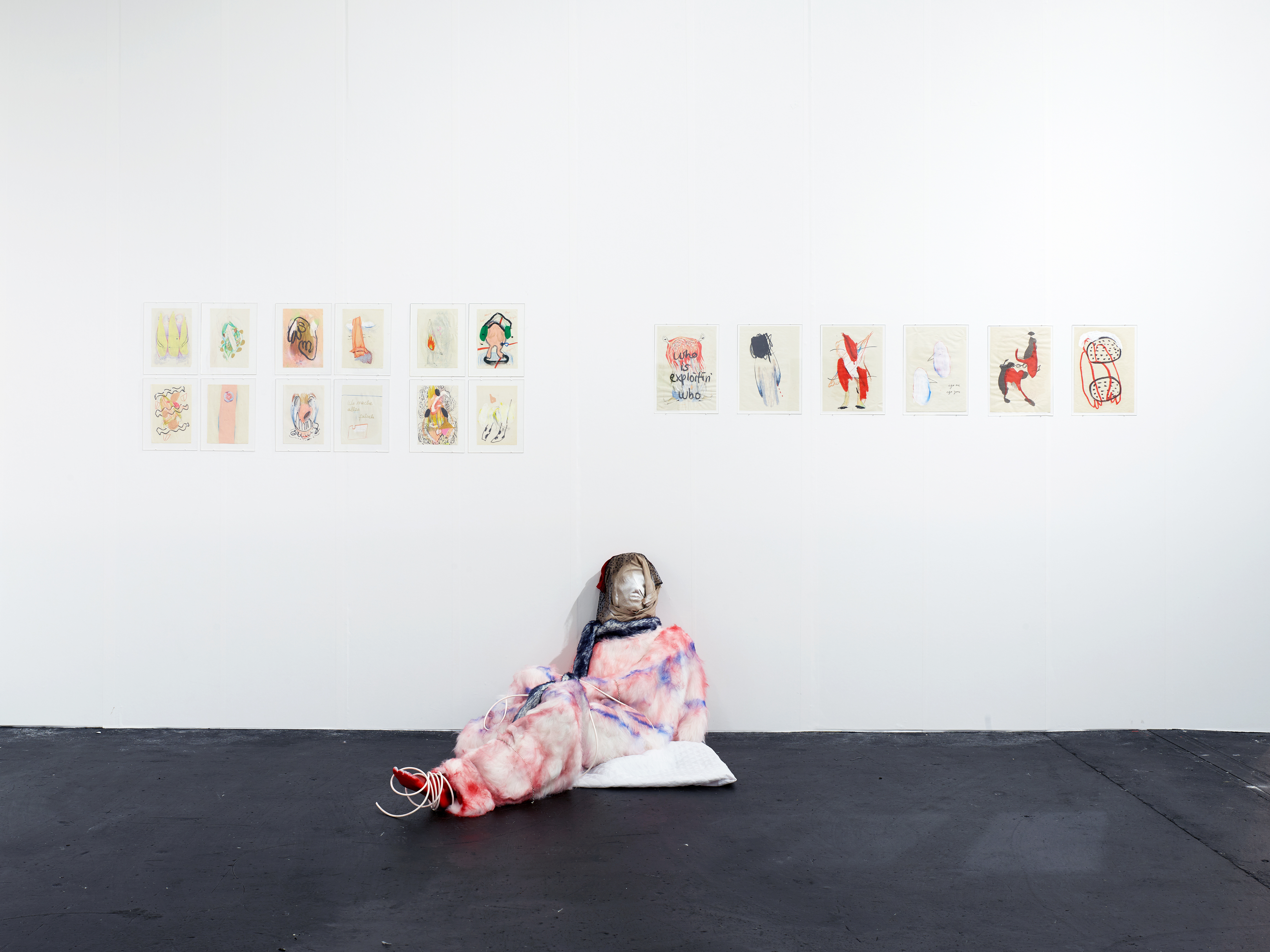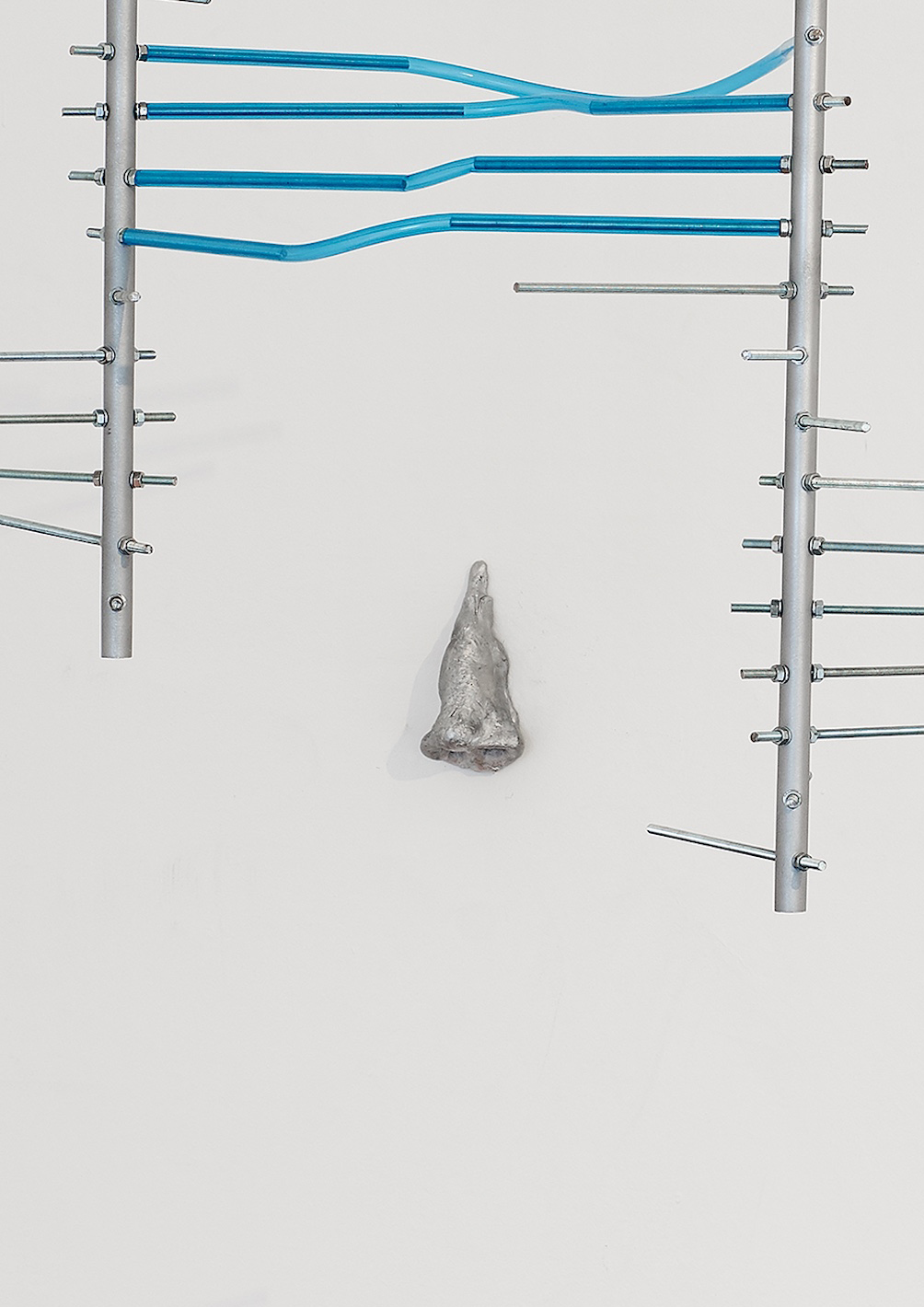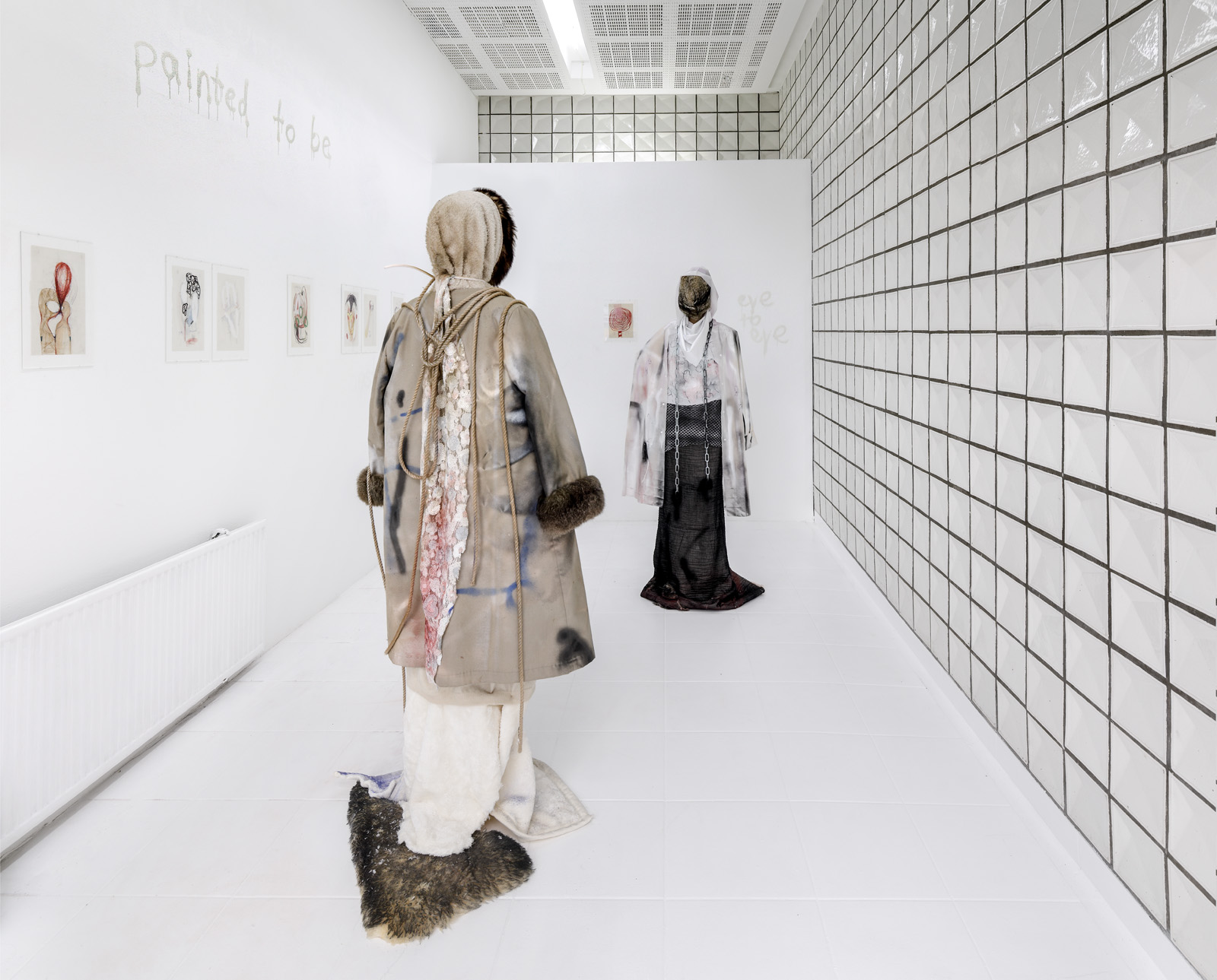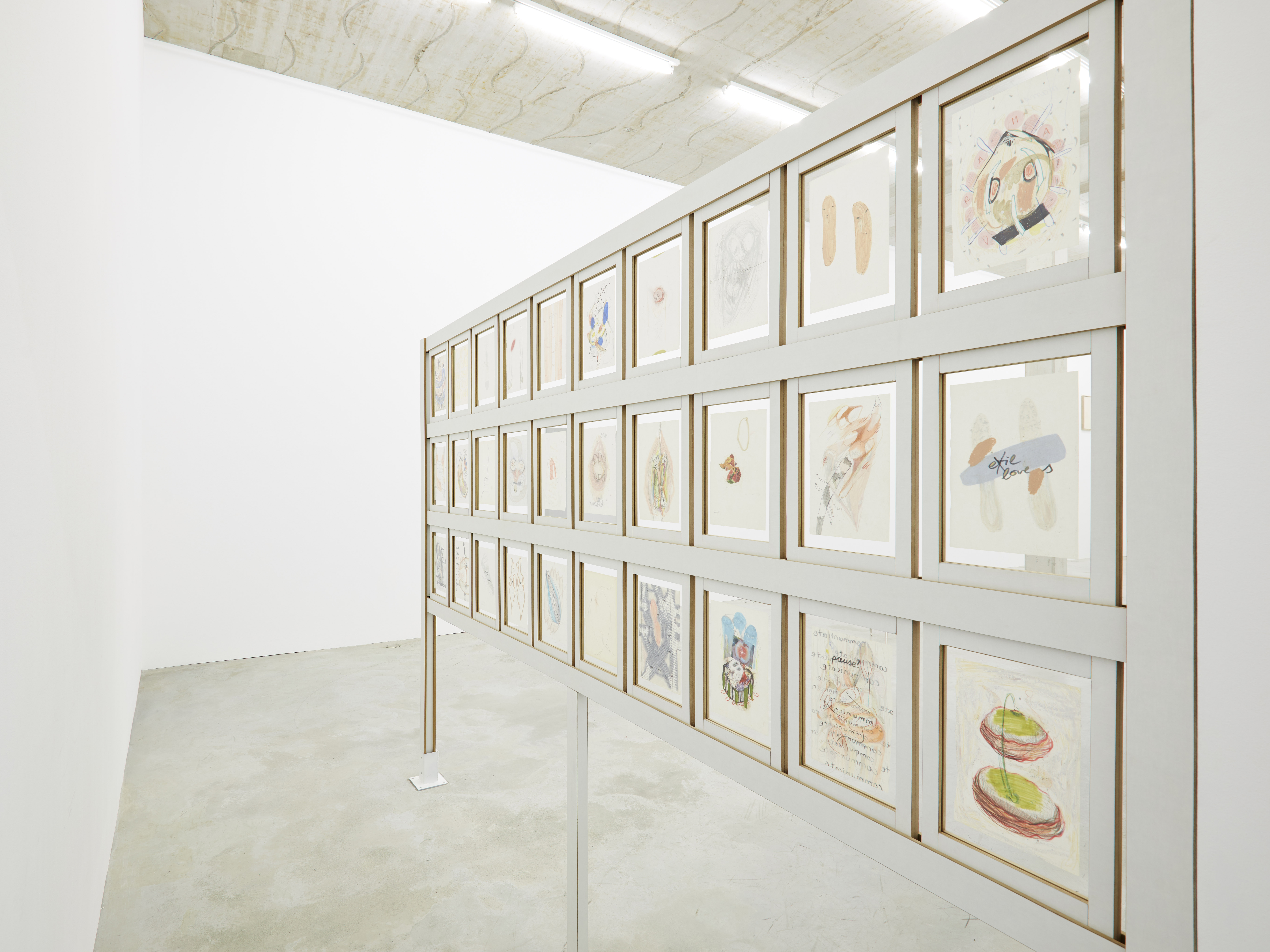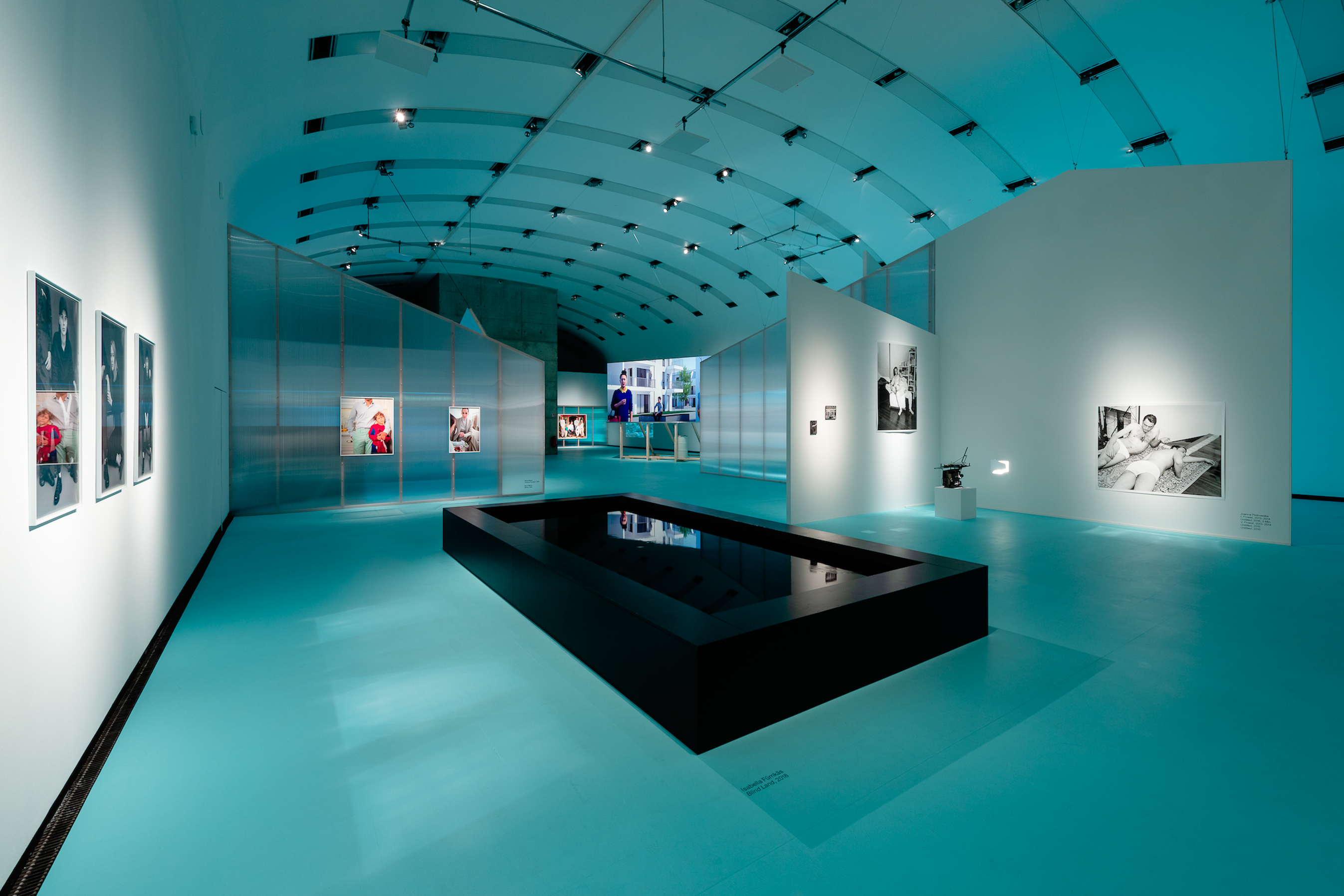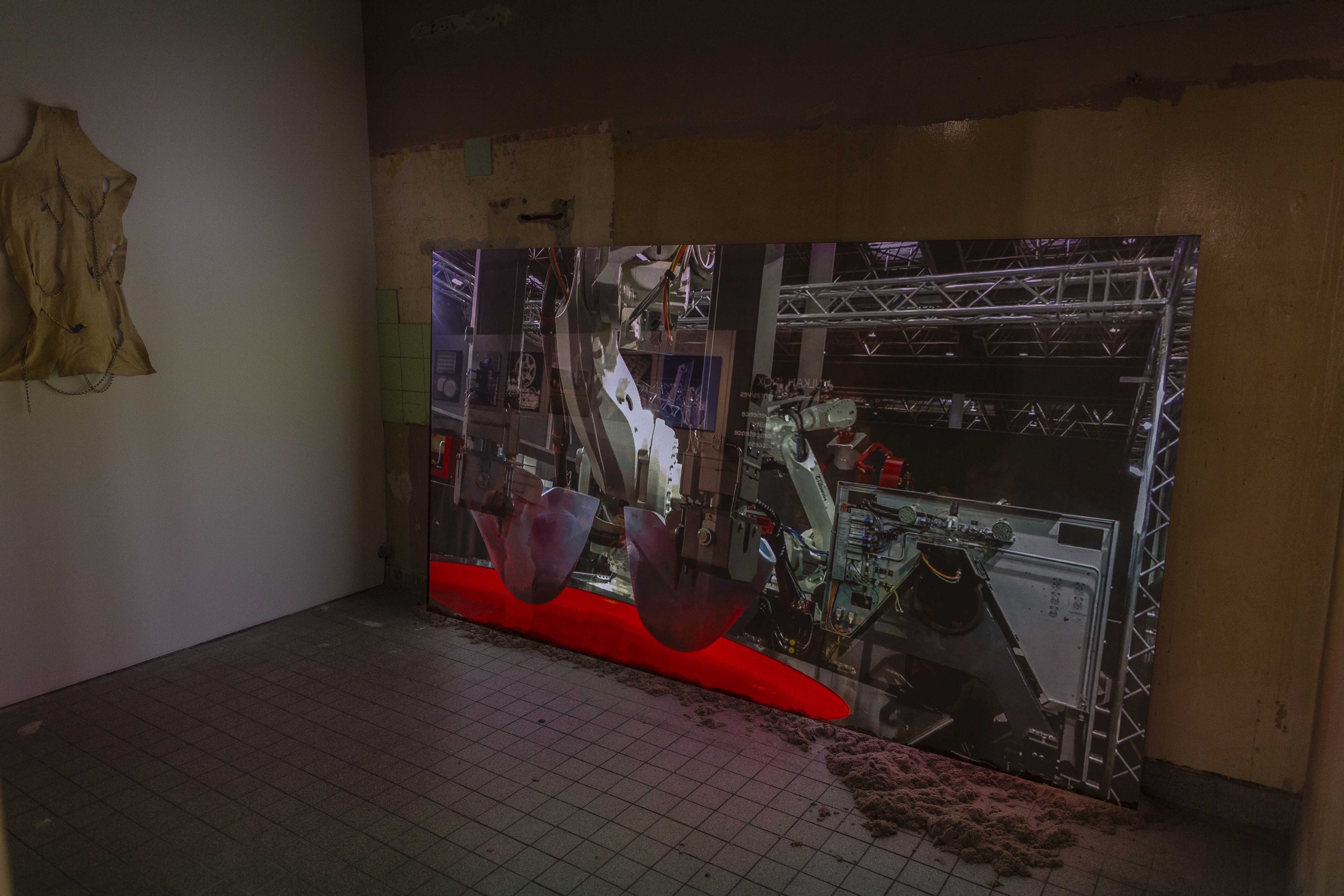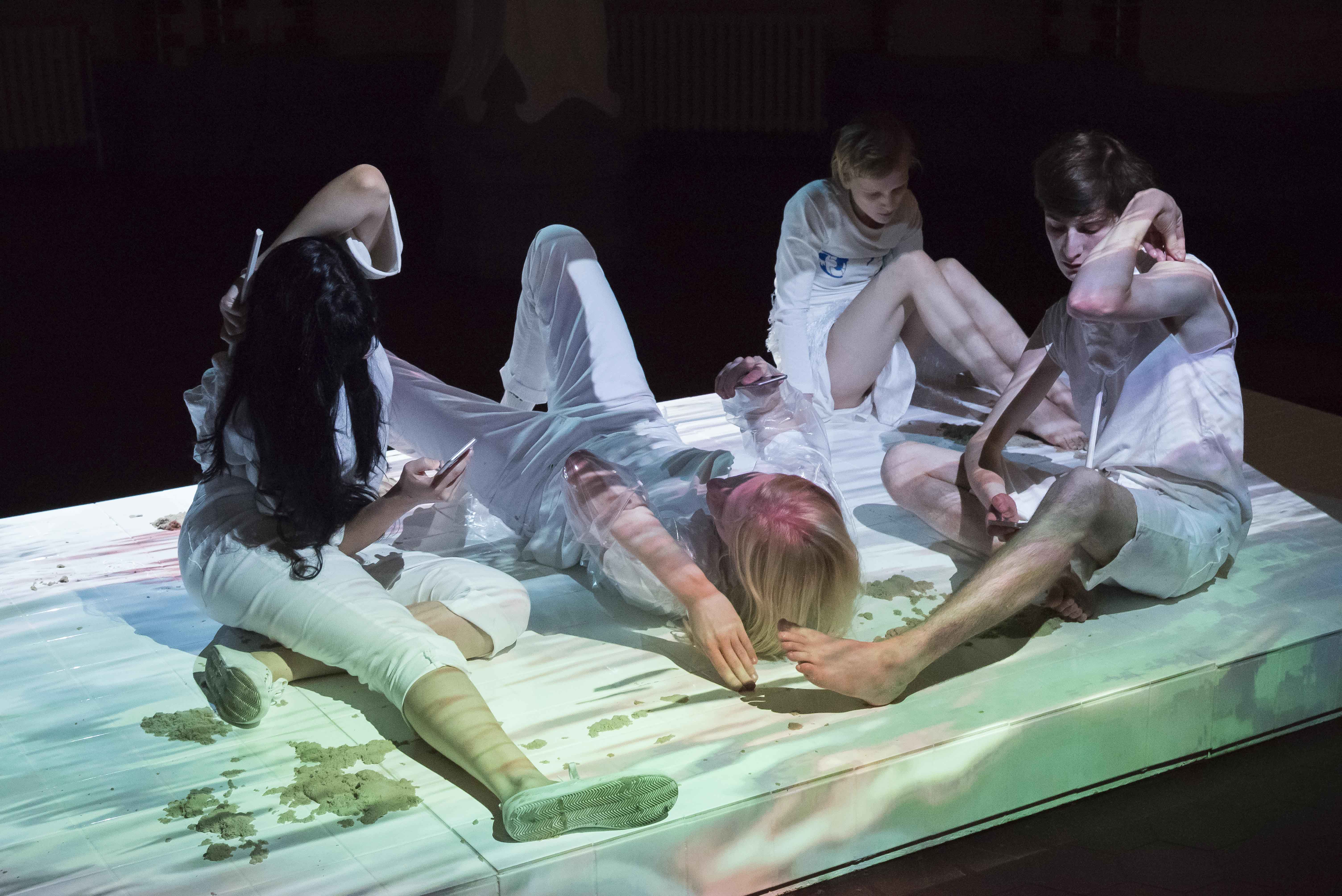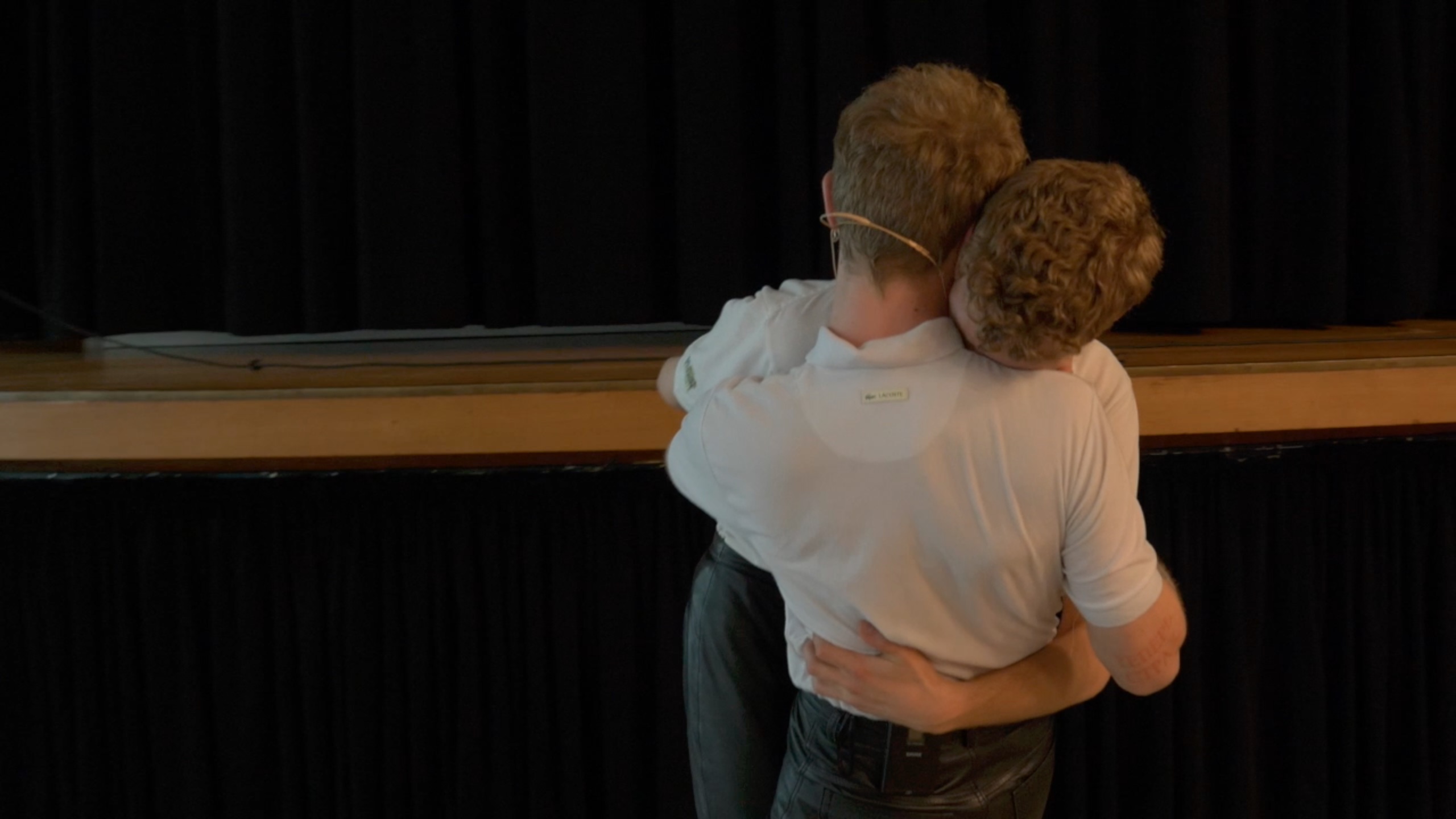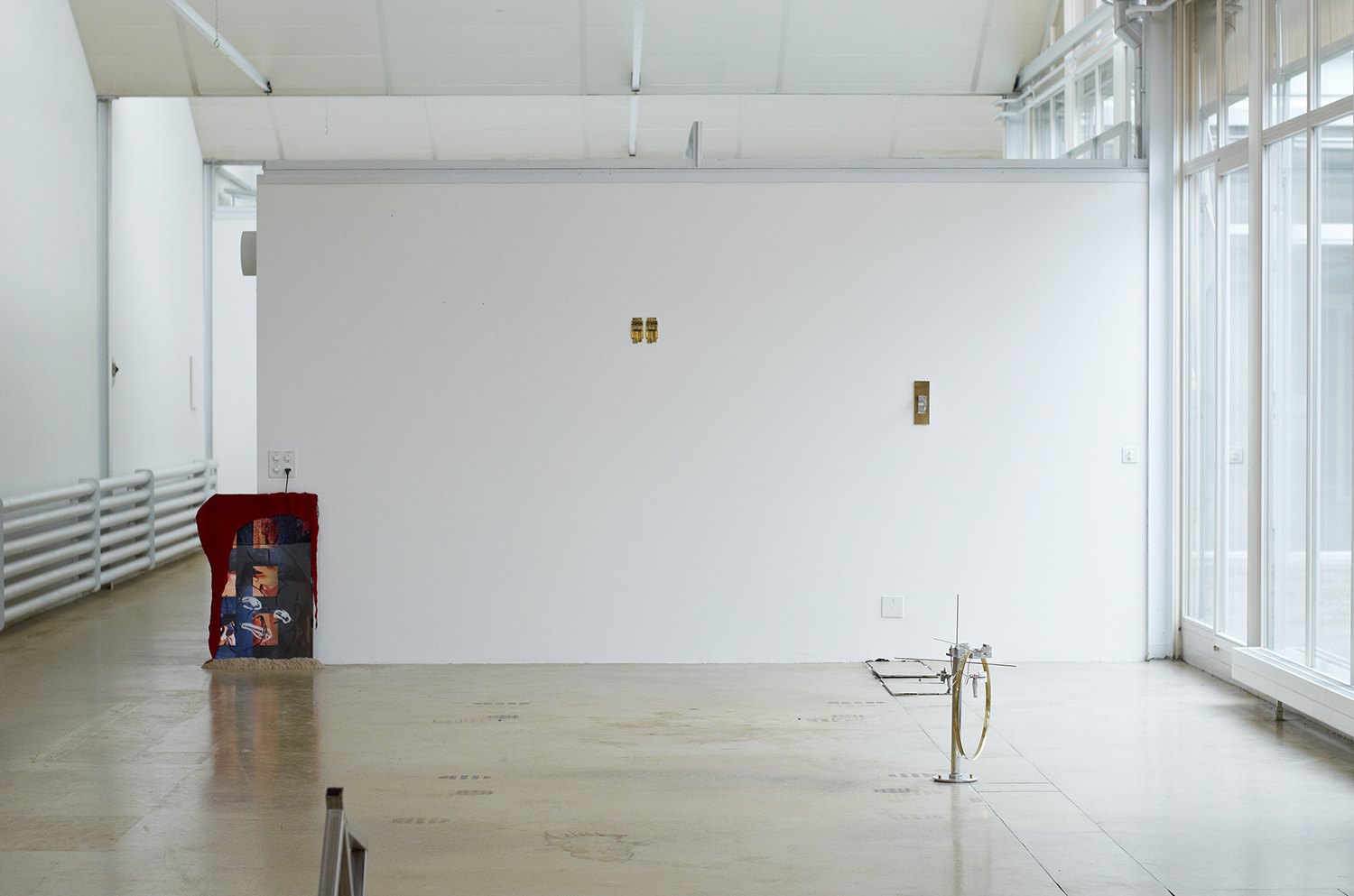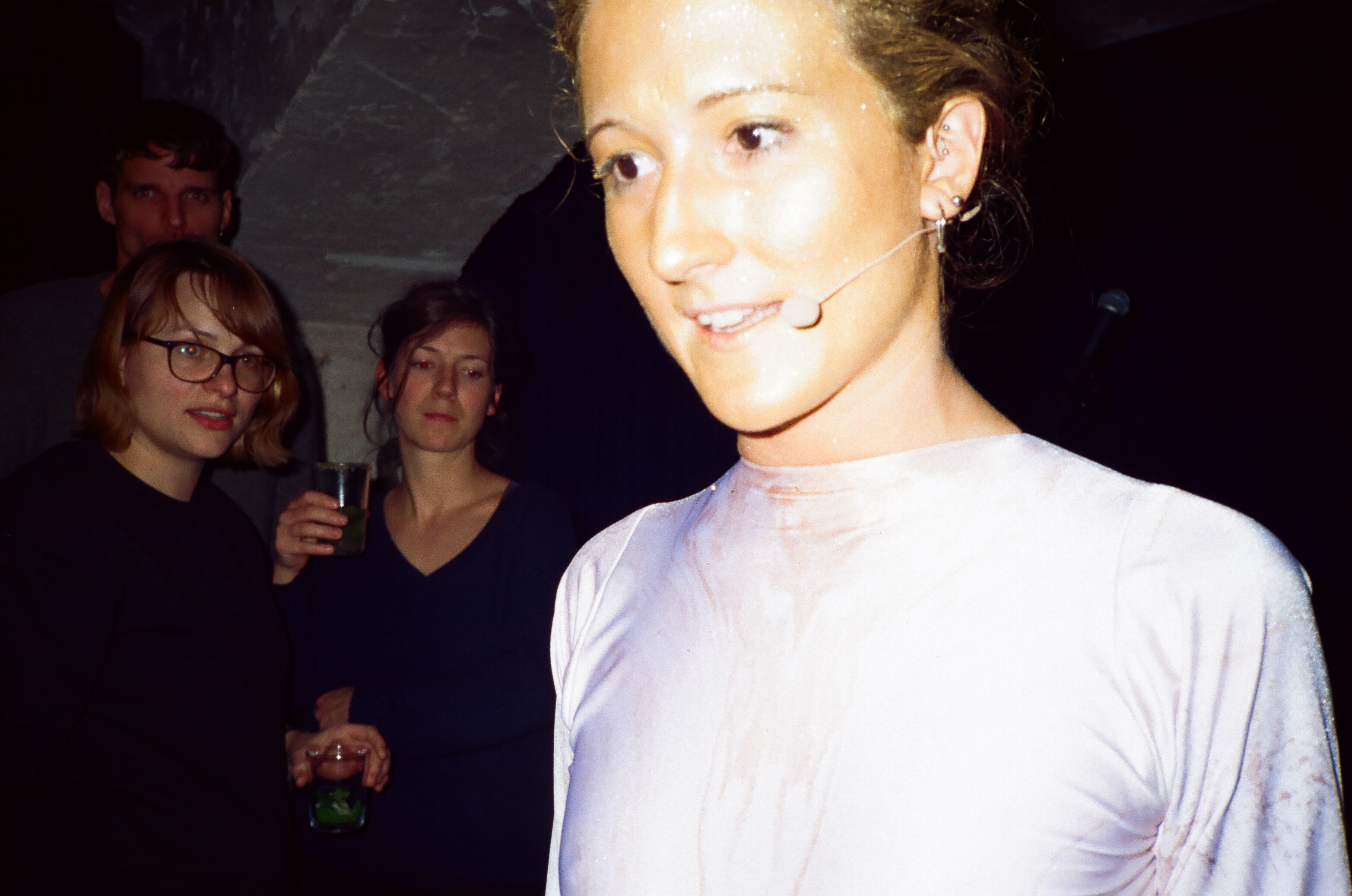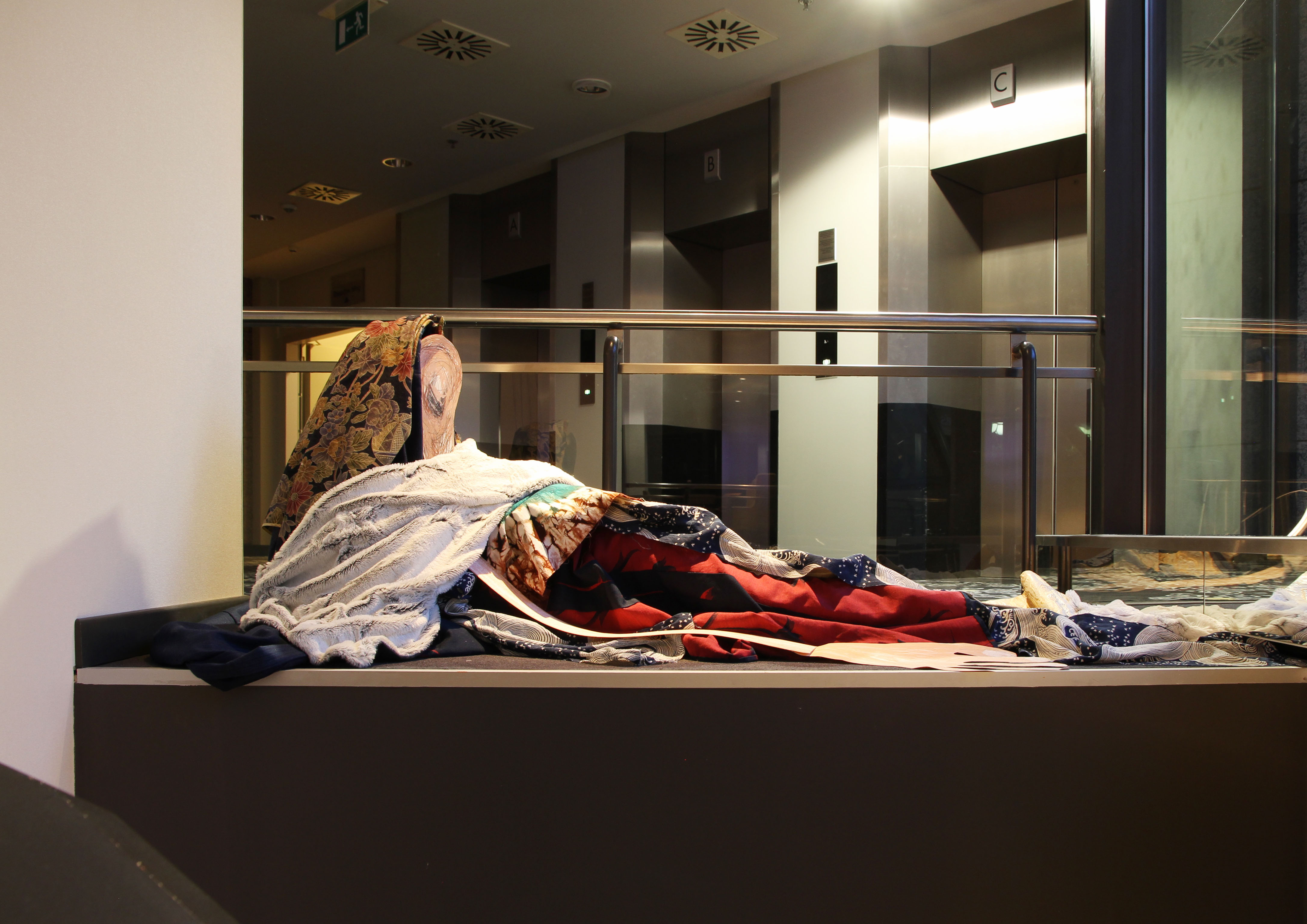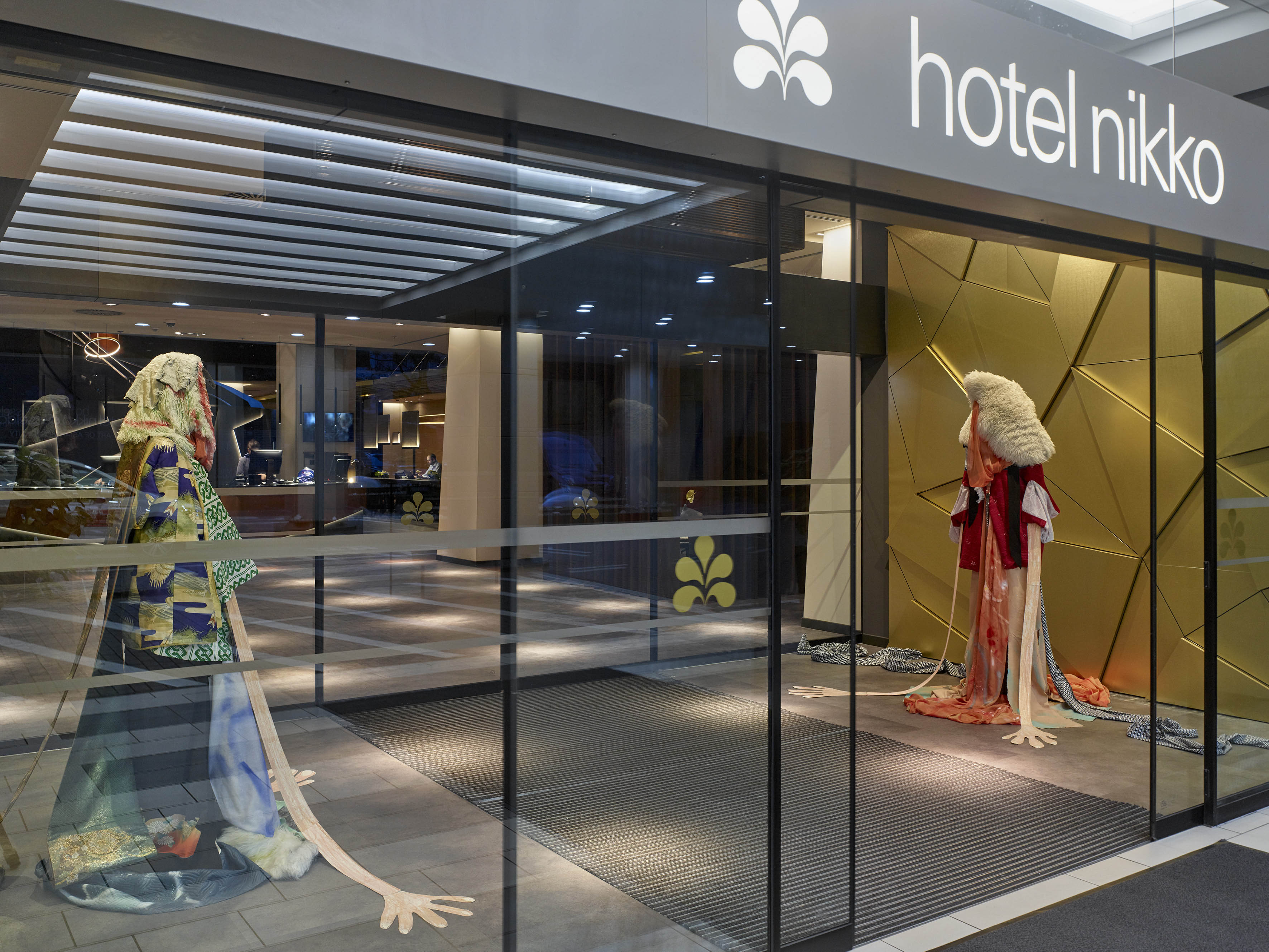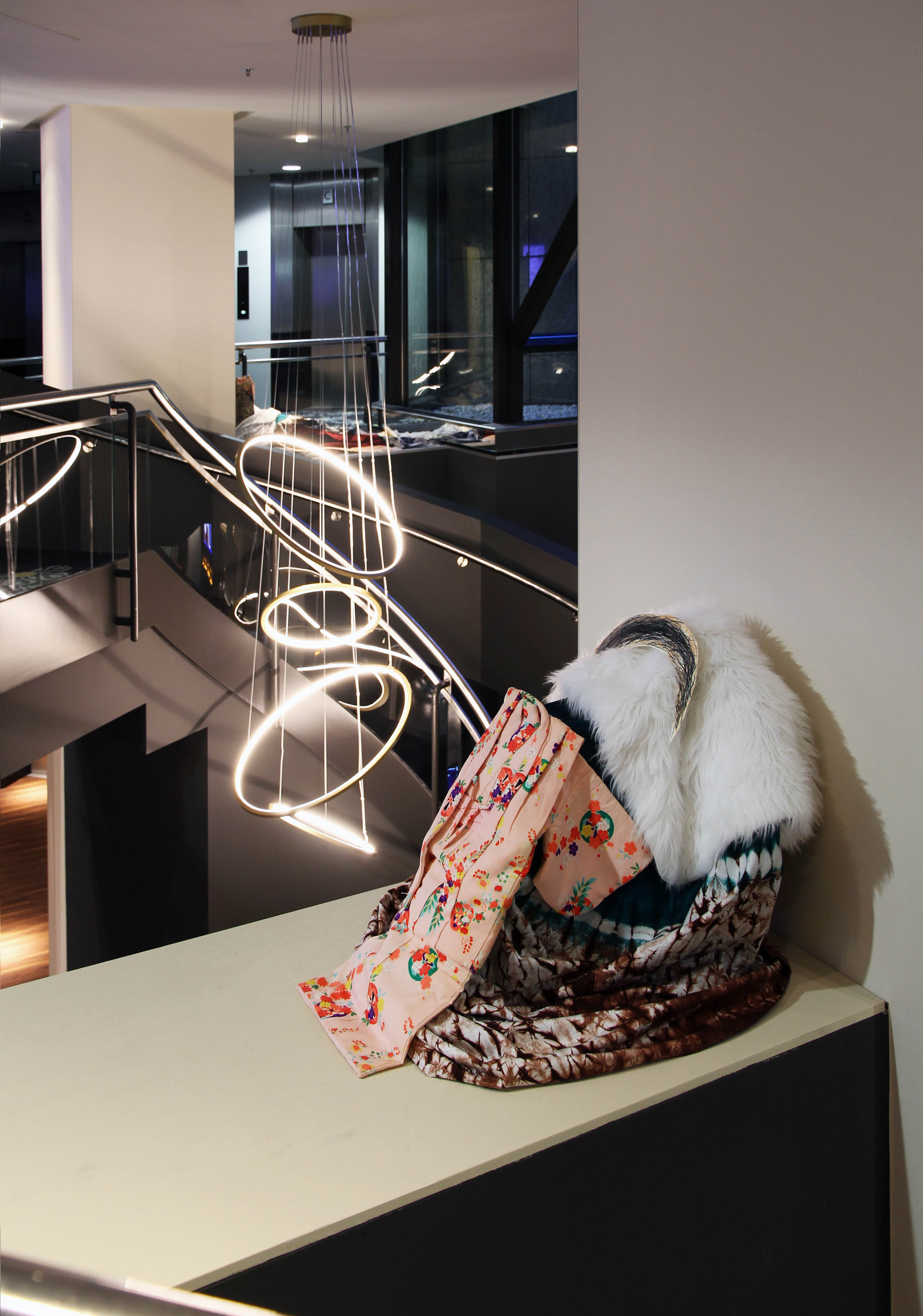Shows
Von fremden Ländern in eigenen Städten
Place: MAP Projekte, Düsseldorf
Date:
Artists: Katharina Sieverding, Neïl Beloufa, Ines Doujak, Natascha Sadr Haghighian, Andreas Siekmann, Manuel Graf, Paloma Varga Weisz, Christine und Irene Hohenbüchler, John Miller, Christian Odzuck, Pola Sieverding, Fari Shams, Maximiliane Baumgartner | Alex Wissel, Palina Vetter, Mira Mann | Sean Mullan, Isabella Fürnkäs, Jan Hoeft
Curated by: Markus Ambach
Works: Unpredictable Liars
Introduction Around Düsseldorf Hauptbahnof (central station), one last moment of urban life is being realized in all its harshness, heterogeneity, and beauty. The district is considered the last unexplored urban space in the city, and is currently seeking its own future. As a central point for welcoming guests and as a virulent interface between the wider world, locality, and the individual, the quarter is characterized by dysfunctional urban spaces, non-pedestrian-friendly transportation concepts, and 1980s architecture lacking any sense of a human dimension. It is here that countless hidden cultures and subcultures have reluctantly, subversively, and stubbornly settled. As a major interdisciplinary art and cultural project with participants from the fields of visual art, theater, dance, film, and music, but even more importantly with residents and active voices from the neighborhood, the project Von fremden Ländern in eigenen Städten (From Foreign Lands in Our Own Cities) searched for its future, which is currently being determined by major urban planning transformation processes.
Prologue 2017 In 2017, as part of an extensive prologue to the project, around thirty city tours, which were primarily developed and carried out by the residents and protagonists of this particular urban space, were offered as an entry point and a research phase. The tours invited the urban population on a journey through their own city: an experience that often revealed surprisingly unknown territories and was met with overwhelming interest. Exhibition 2018 In 2018, the project then presented the perspectives of this heterogeneous urban space developed by artists and the protagonists of the district in a large-scale public exhibition. Under the curatorial and organizational direction of MAP, seventeen contextual art projects were developed by international artists along with a comprehensive events program featuring theater, dance, and media projects, in cooperation with various partners and local residents.
Epilogue 2019 In 2019, the project was concluded with an epilogue that raised questions about the future implementation of the project’s results through policy and planning. How can the findings of the artists and residents lead to direct measures to establish a sustainable and effective relationship between art, everyday culture, and urban planning in the relevant districts? How can processes of participation be honestly and effectively devised in order to actively apply civilian expertise in urban development? What do the operational structures look like that will lead to long-term cooperative thinking and action between all of the city’s stakeholders?
A Tour The exhibition took place along a compact circular route in the immediate vicinity of Düsseldorf’s main train station, so that it was possible to experience the spatial typologies and sudden changes of scenery condensed in the smallest of spaces in all their heterogeneity. From Worringer Platz, the subcultural center of the district, the route led alongside the ‘Central’ and megalomaniac 1980s postal buildings through the inhospitable and virulent transit space surrounding the international bus station to Konrad-Adenauer-Platz, the city’s ambivalent area for receiving visitors. The radical difference in the attention economy at the front and back of the station became apparent when one crossed the station and arrived at the much-maligned Bertha-von-Suttner-Platz, giving way to a noticeable decrease in excitement in the former working-class district of Oberbilk. Here, Eisenstraße leads to the district around Ellerstraße, which is traditionally characterized by migration and multicultural cooperation. The milieu around Bahndamm and Vulkanstraße, which has almost disappeared, has now become just as much of a venue as the reported red-light passage along Mintropstraße between table-dancing bars, hammam, and legendary studios. Back at the front of the station, Stresemannplatz marks the beginning of a vibrant international quarter of living, working, and Asian flair, and the end of the tour.
Transition The exhibition course thus led through a highly exciting yet contradictory, congenial yet heavily dissected quarter in a state of transition. It manifests itself as a complex, mature urban space, in which various planning initiatives have registered more cuts, scars, and breaks over the years than productive cooperation, harmony, and purpose. Against this backdrop, the project Von fremden Ländern in eigenen Städten focused on the steady and ongoing work of the district’s protagonists, who, patiently adapting to the circumstances, are trying to give back a human dimension to the neighborhood and make it a comfortable living environment. With this venture, the project not only deeply penetrated the local context of Düsseldorf’s station quarter to compare and contrast its current developments with the factual reality of the locations, but it also explored the capillaries of an urban typology that is currently and internationally at a turning point, thus providing transferable insights in the context of the redevelopment of the station quarter.
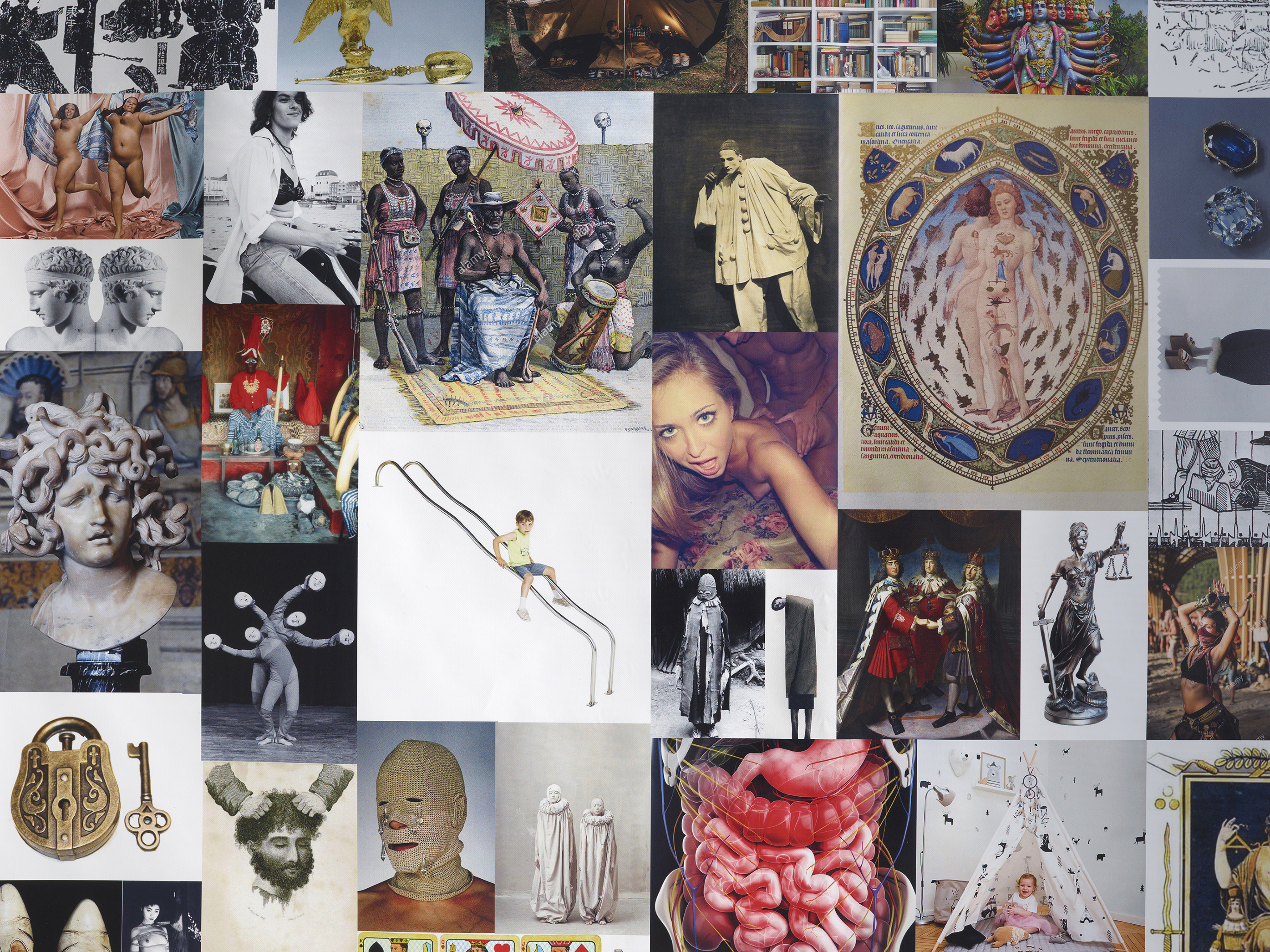

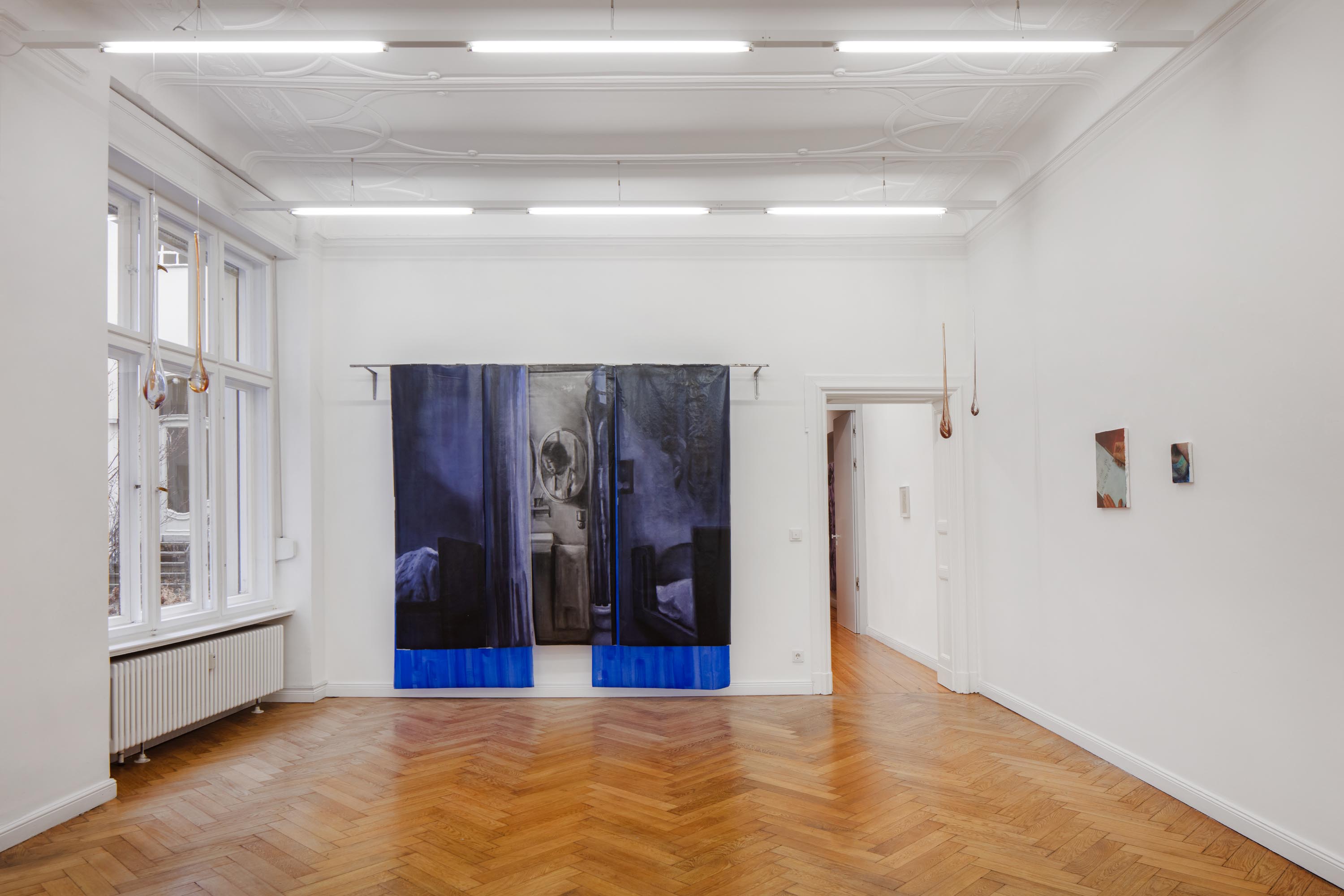

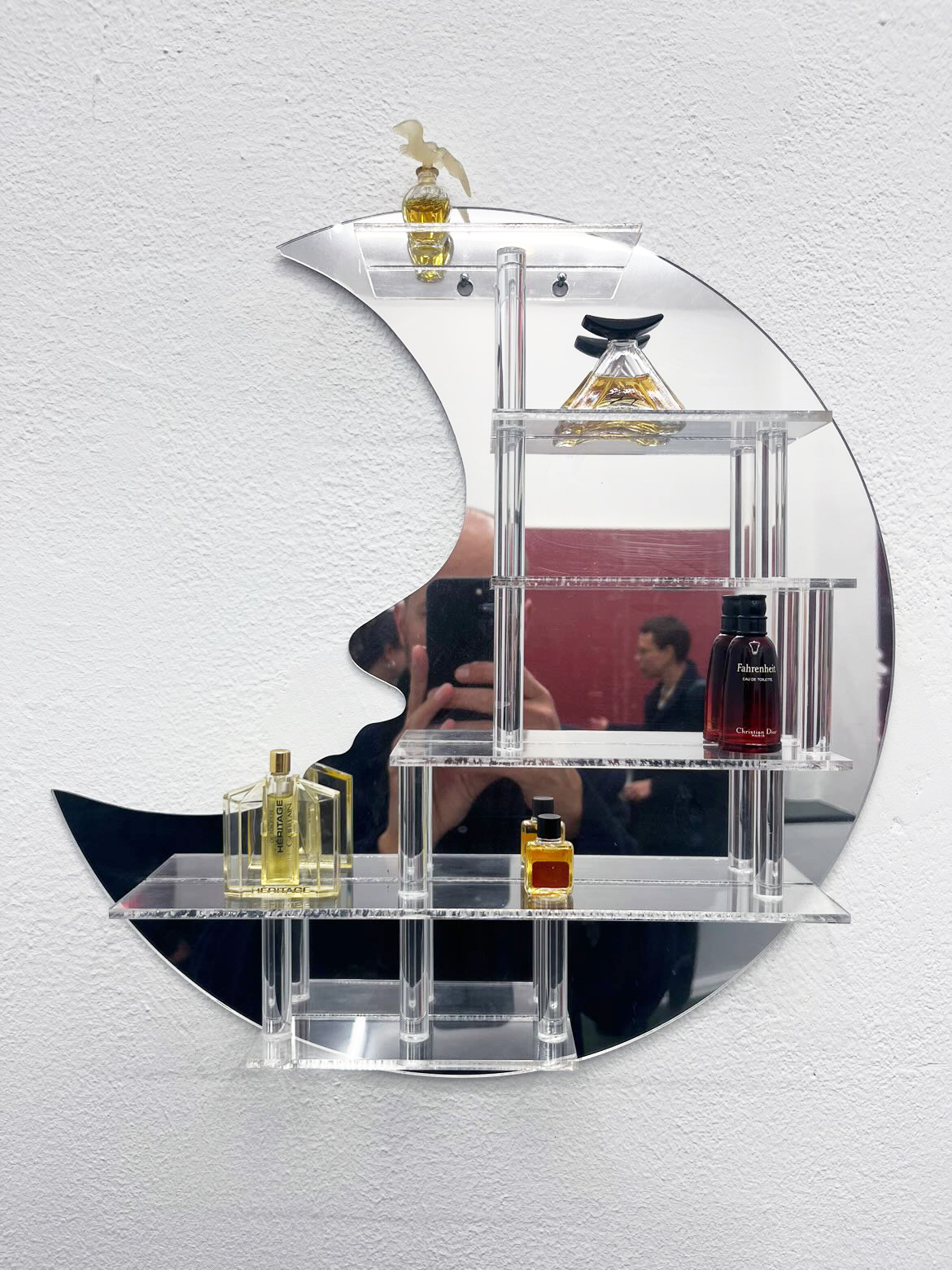
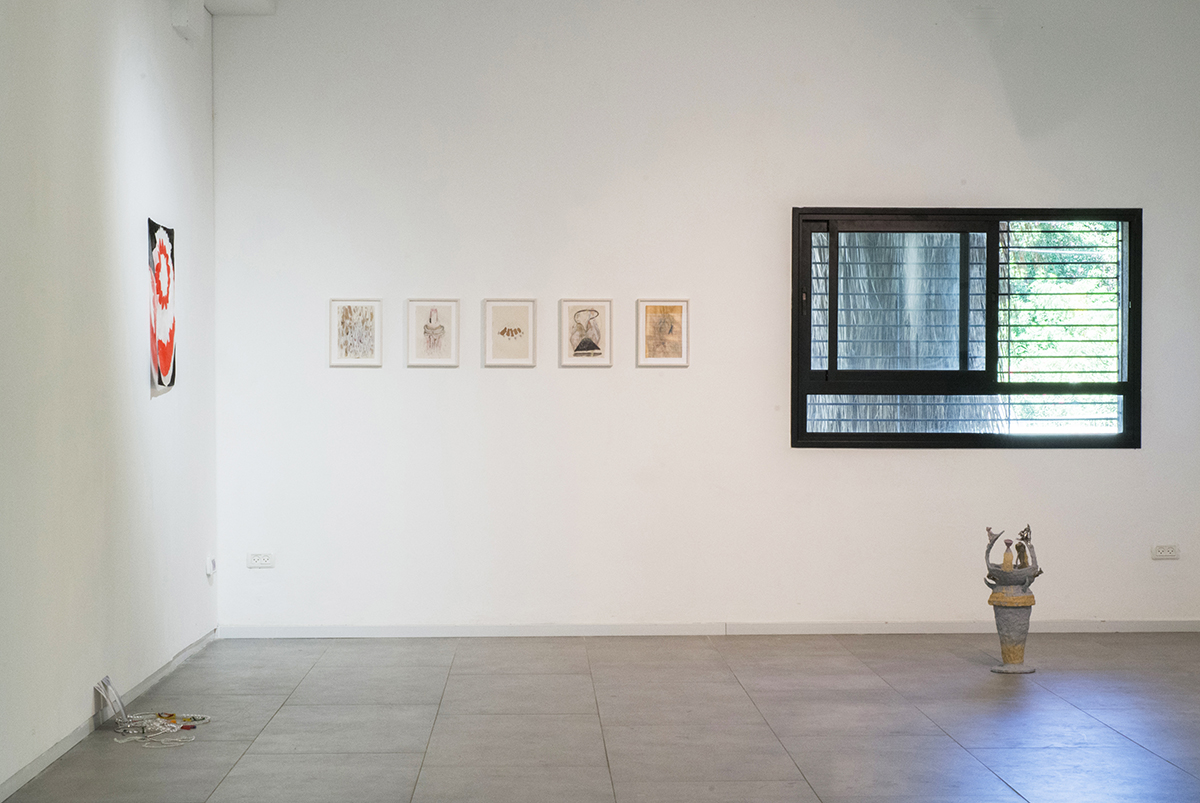
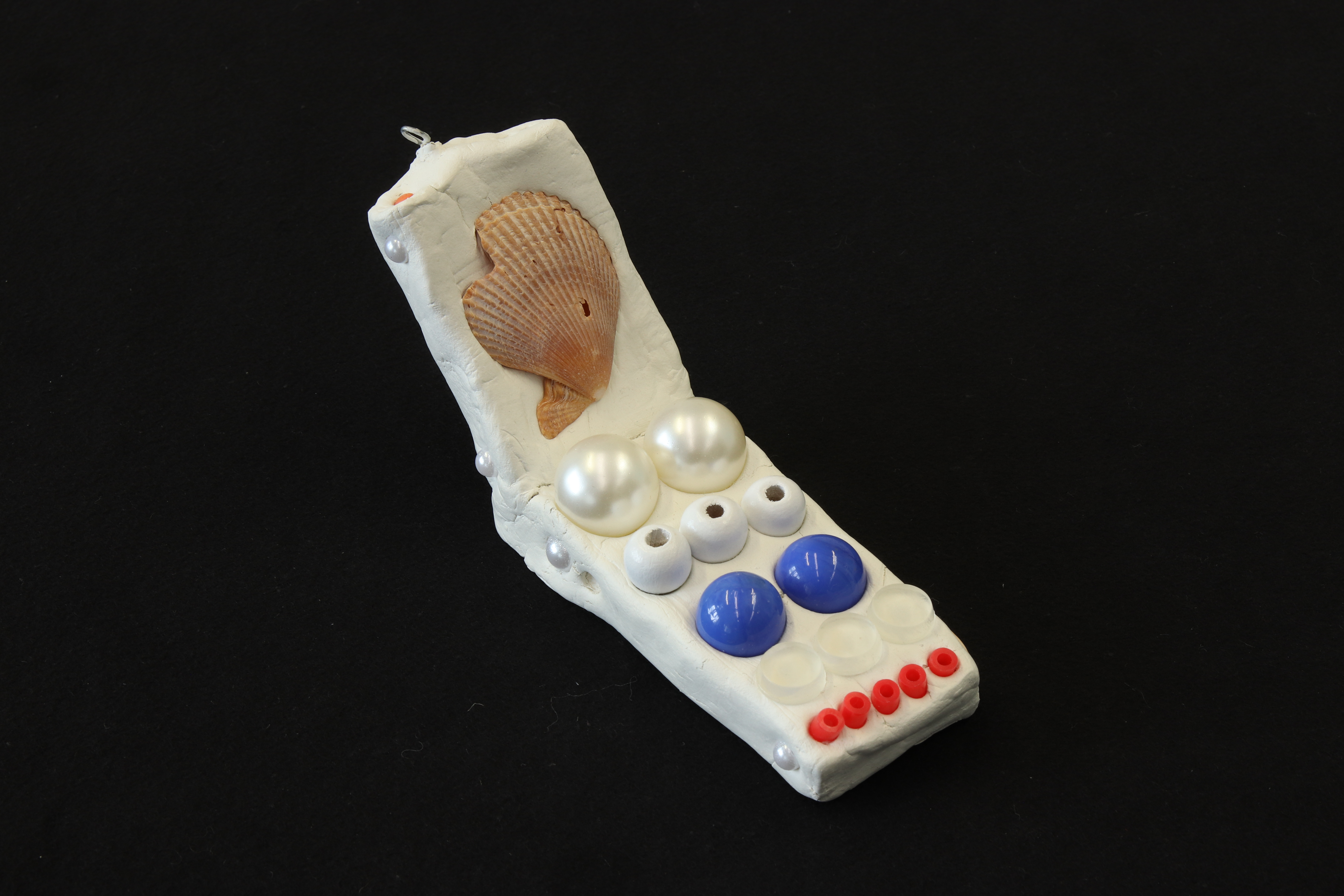
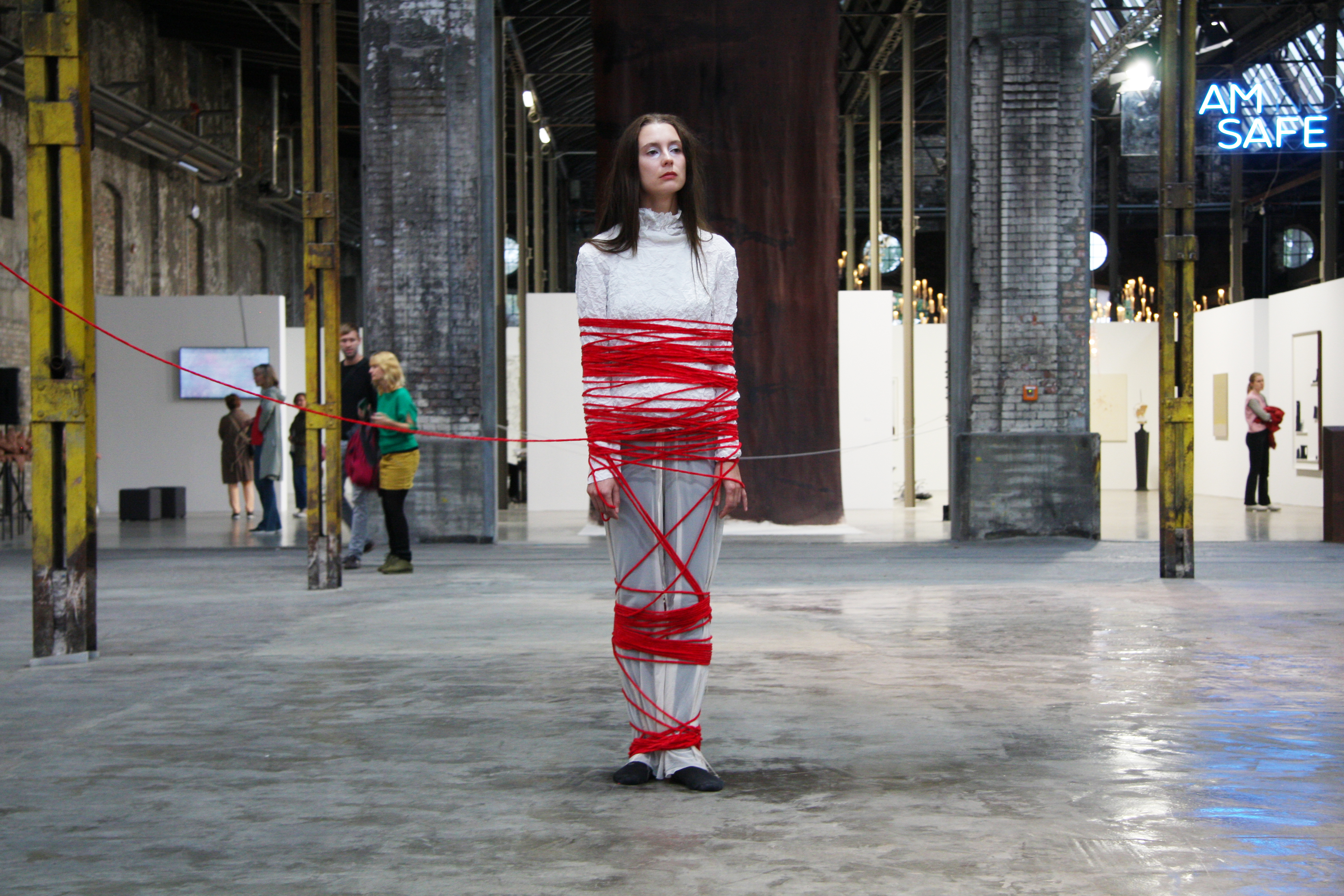
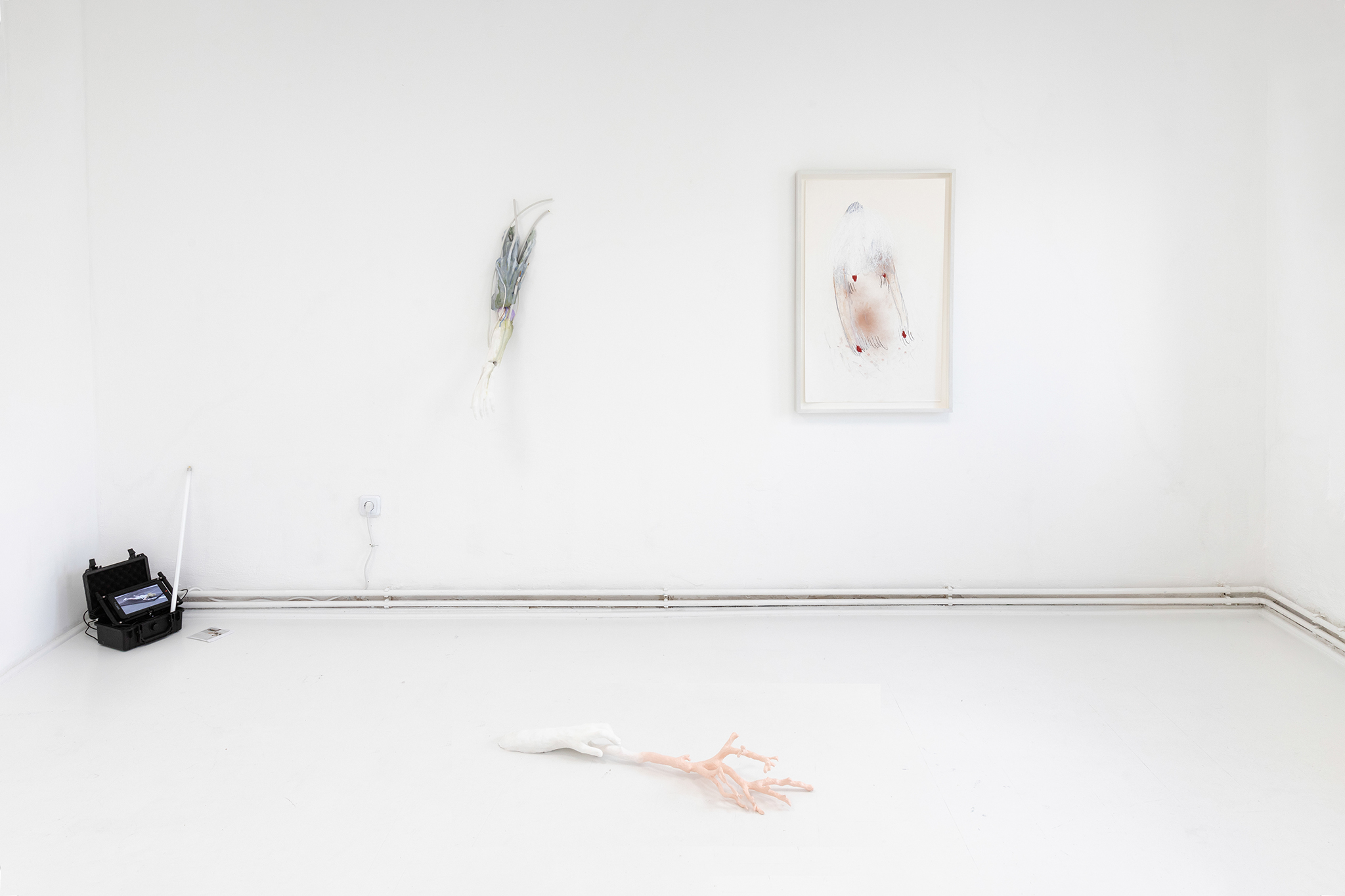
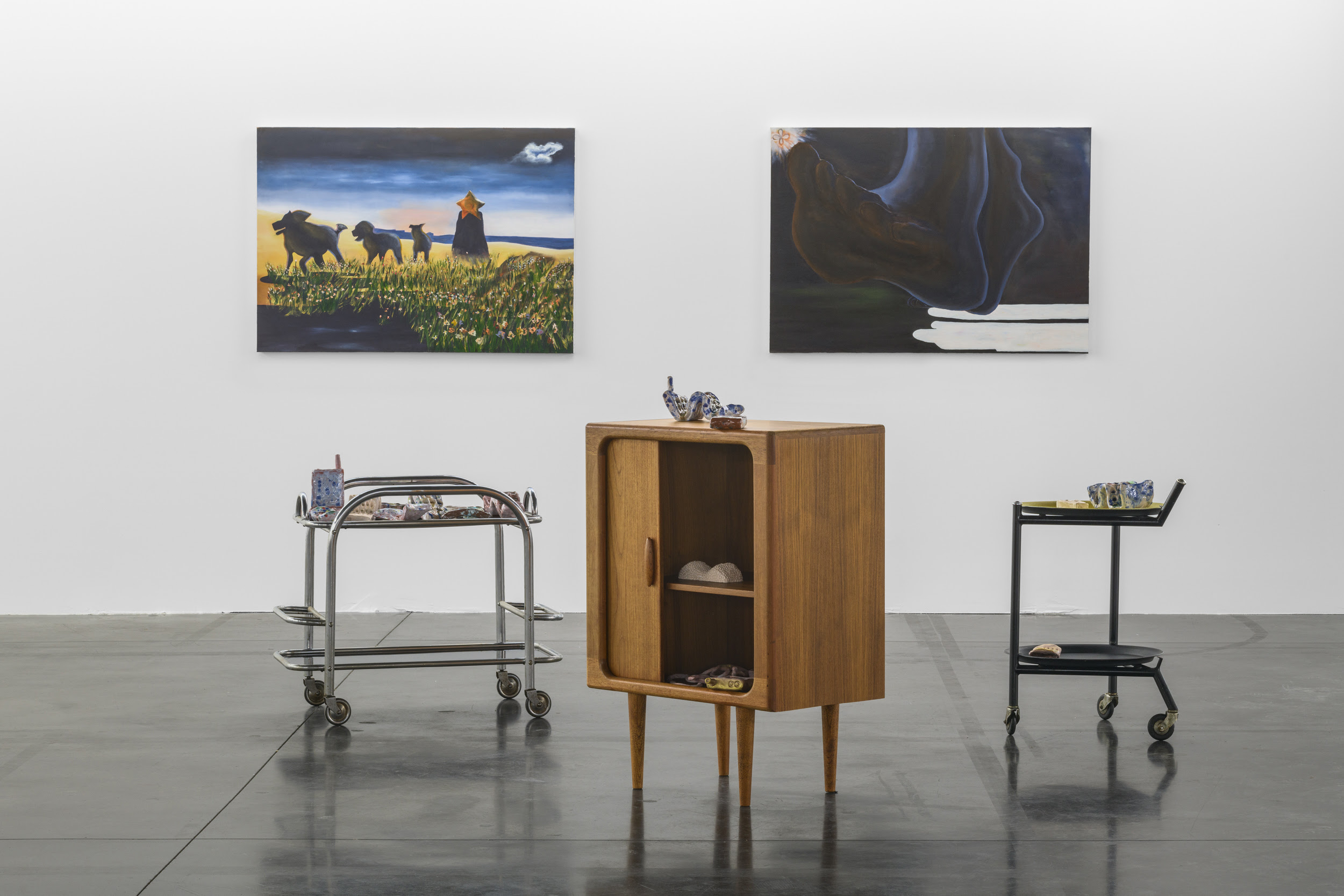
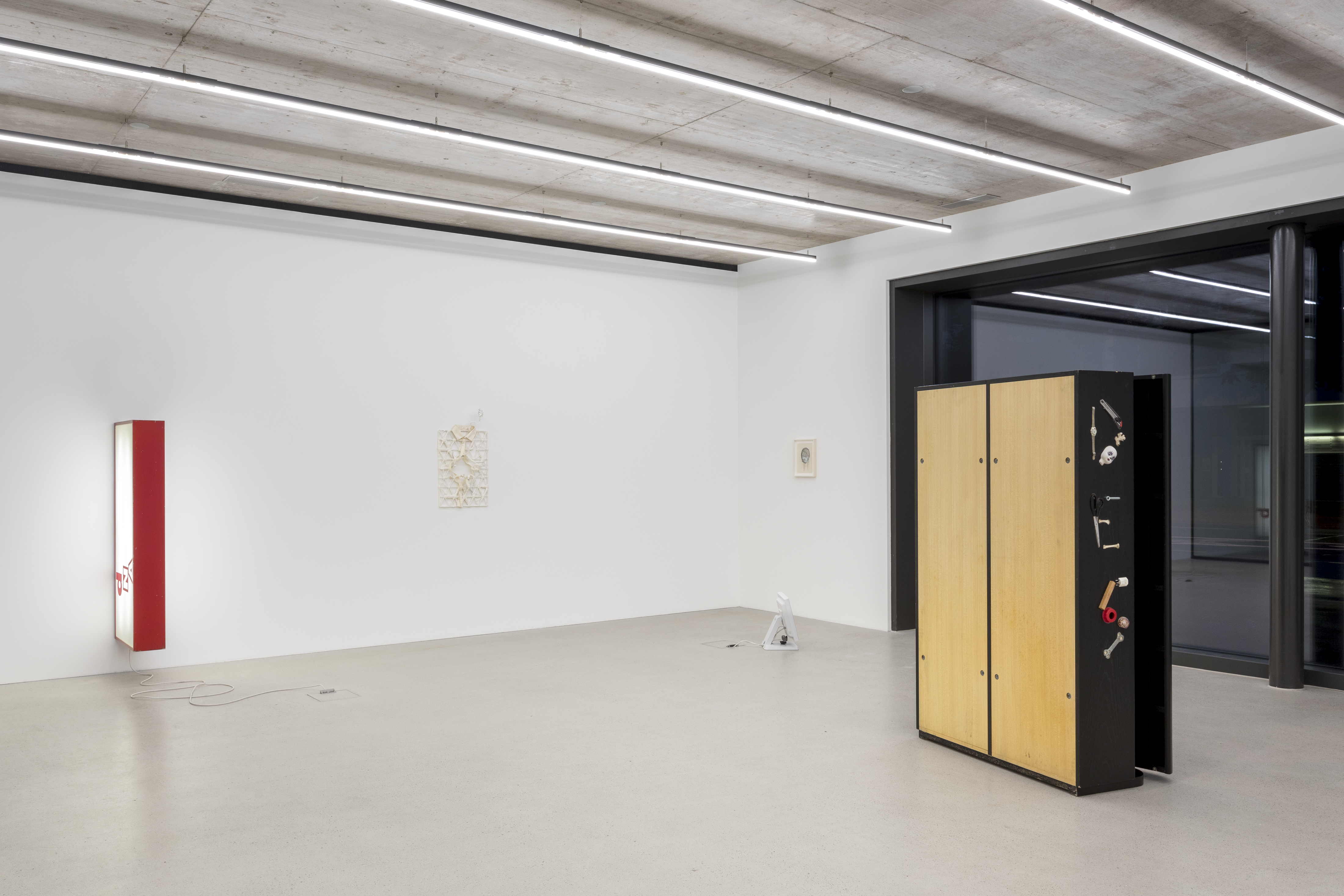
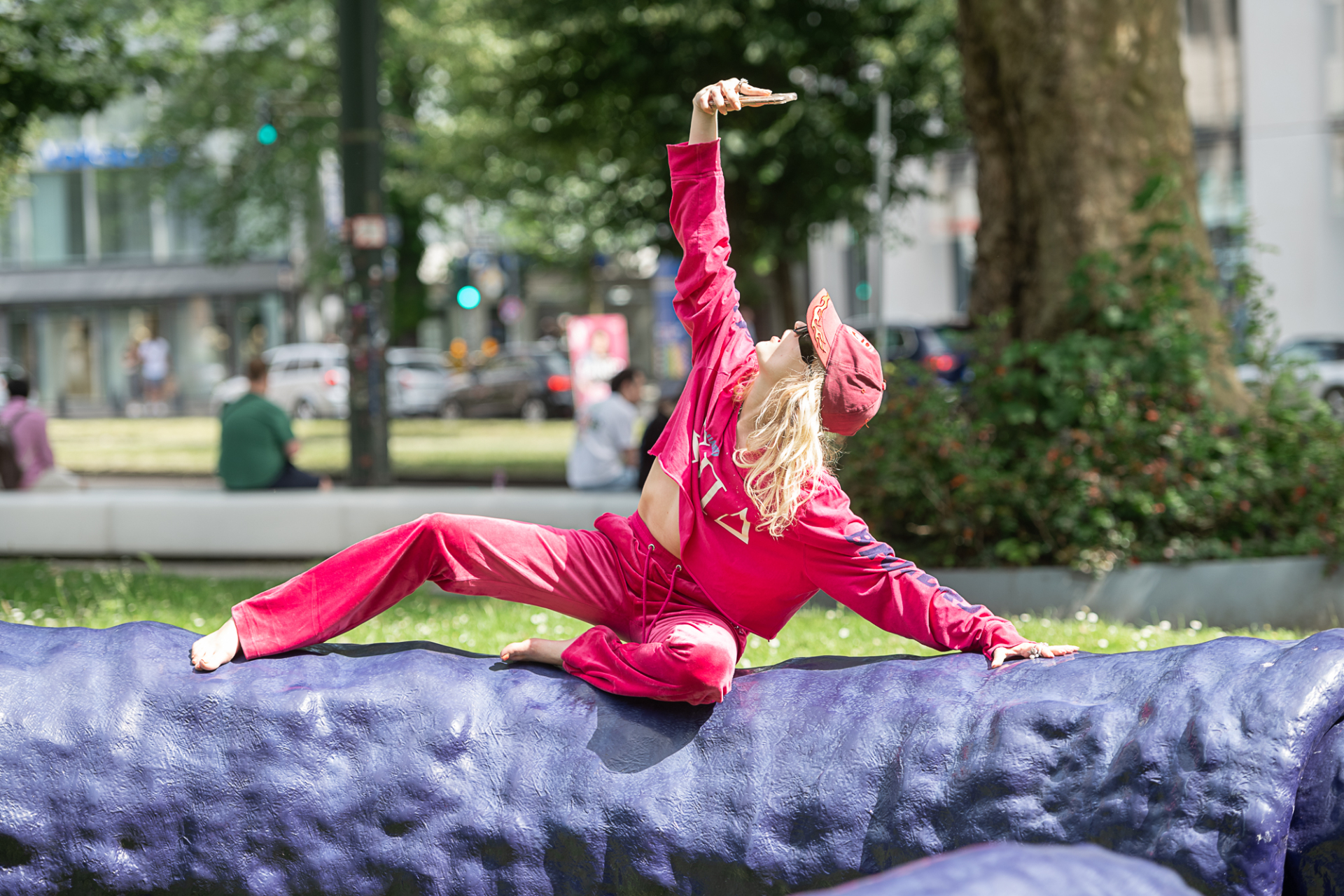
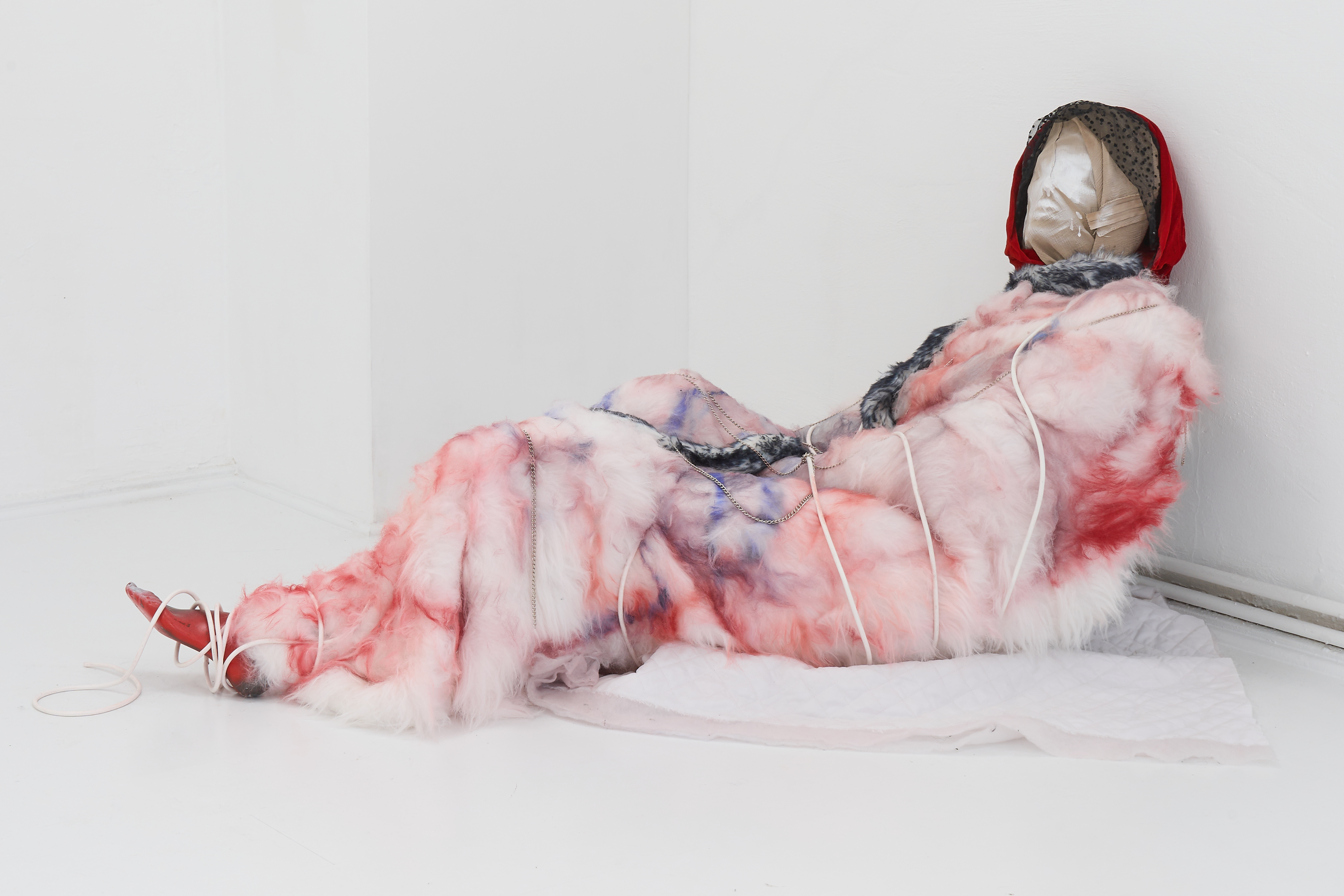
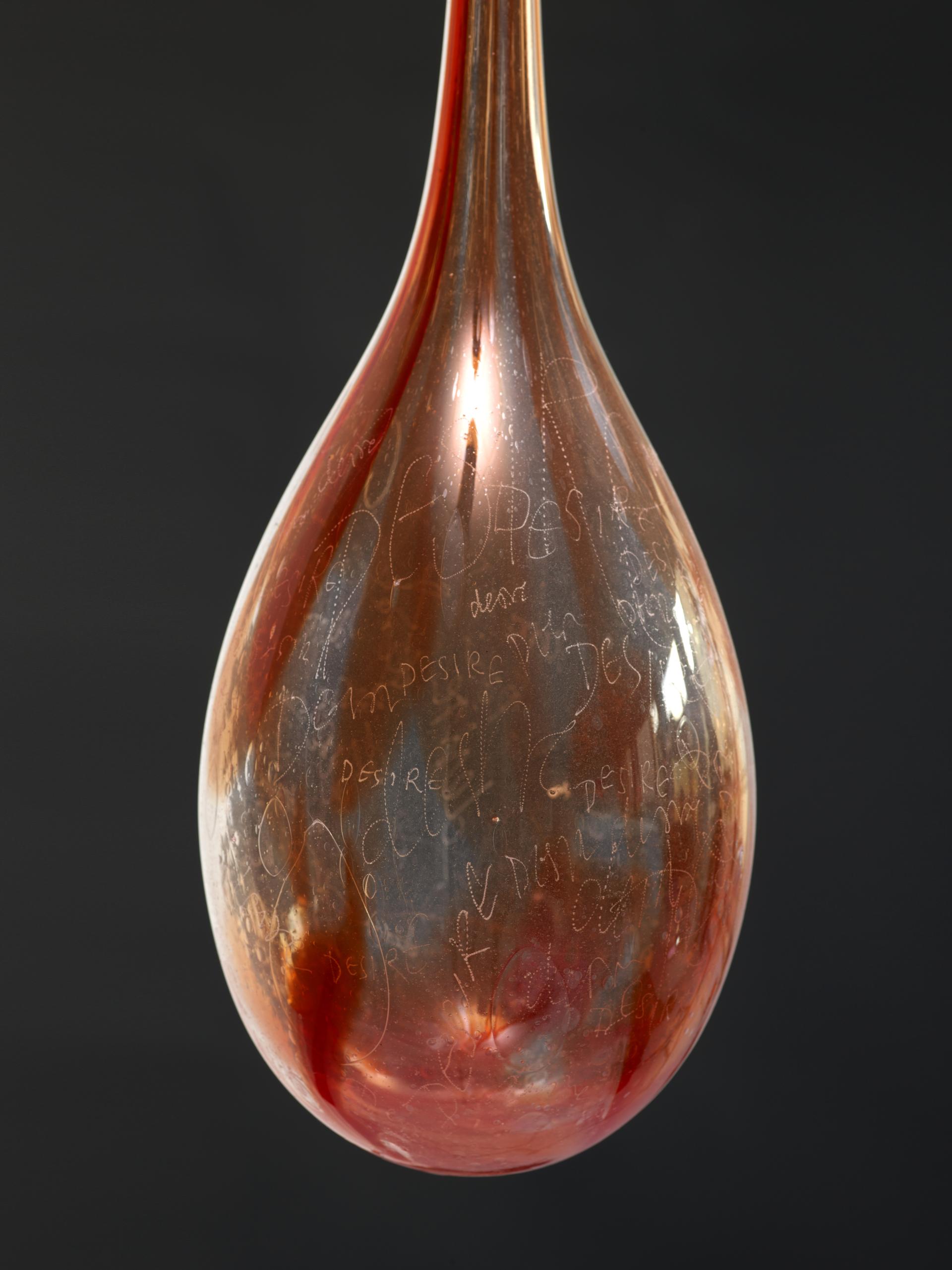
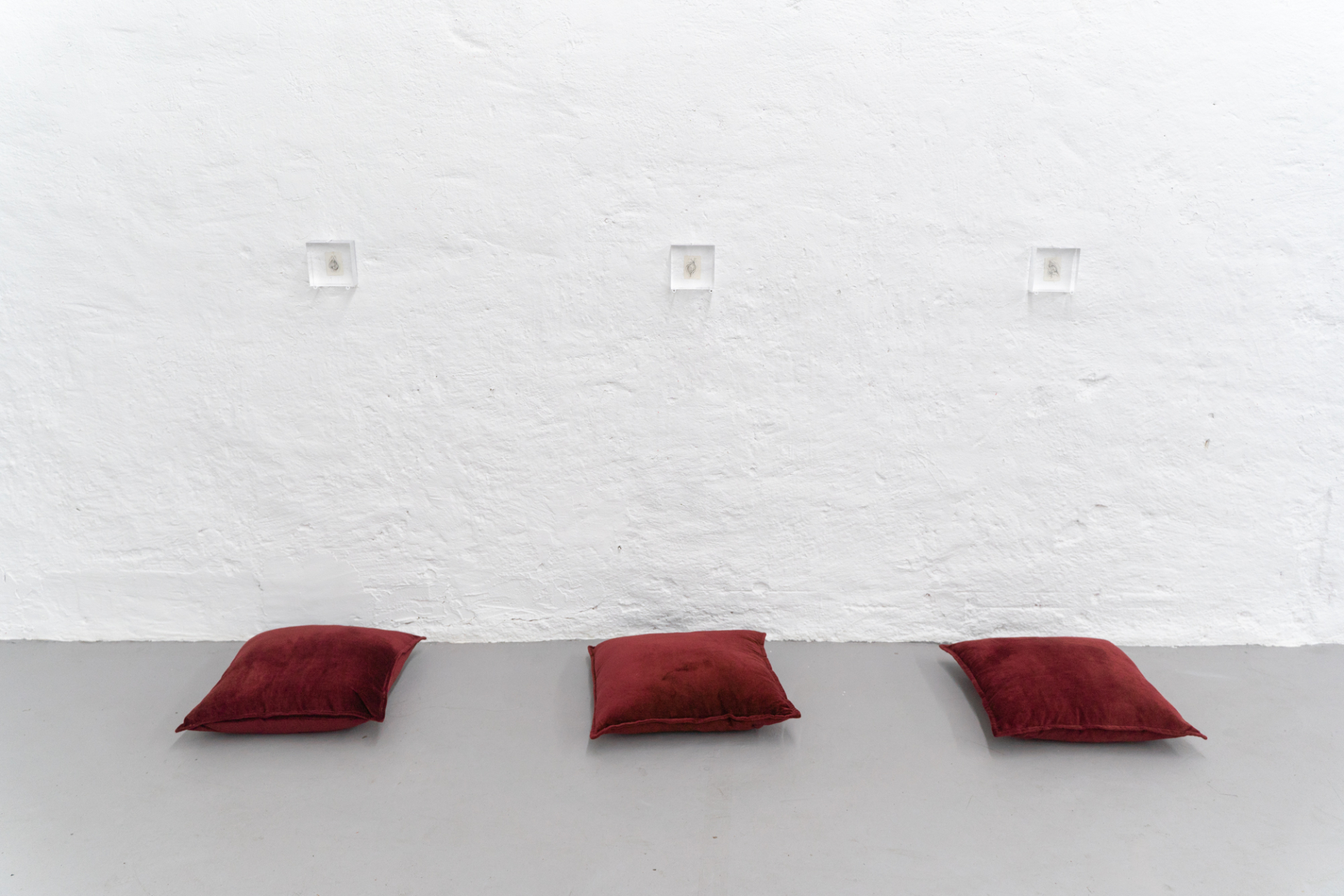
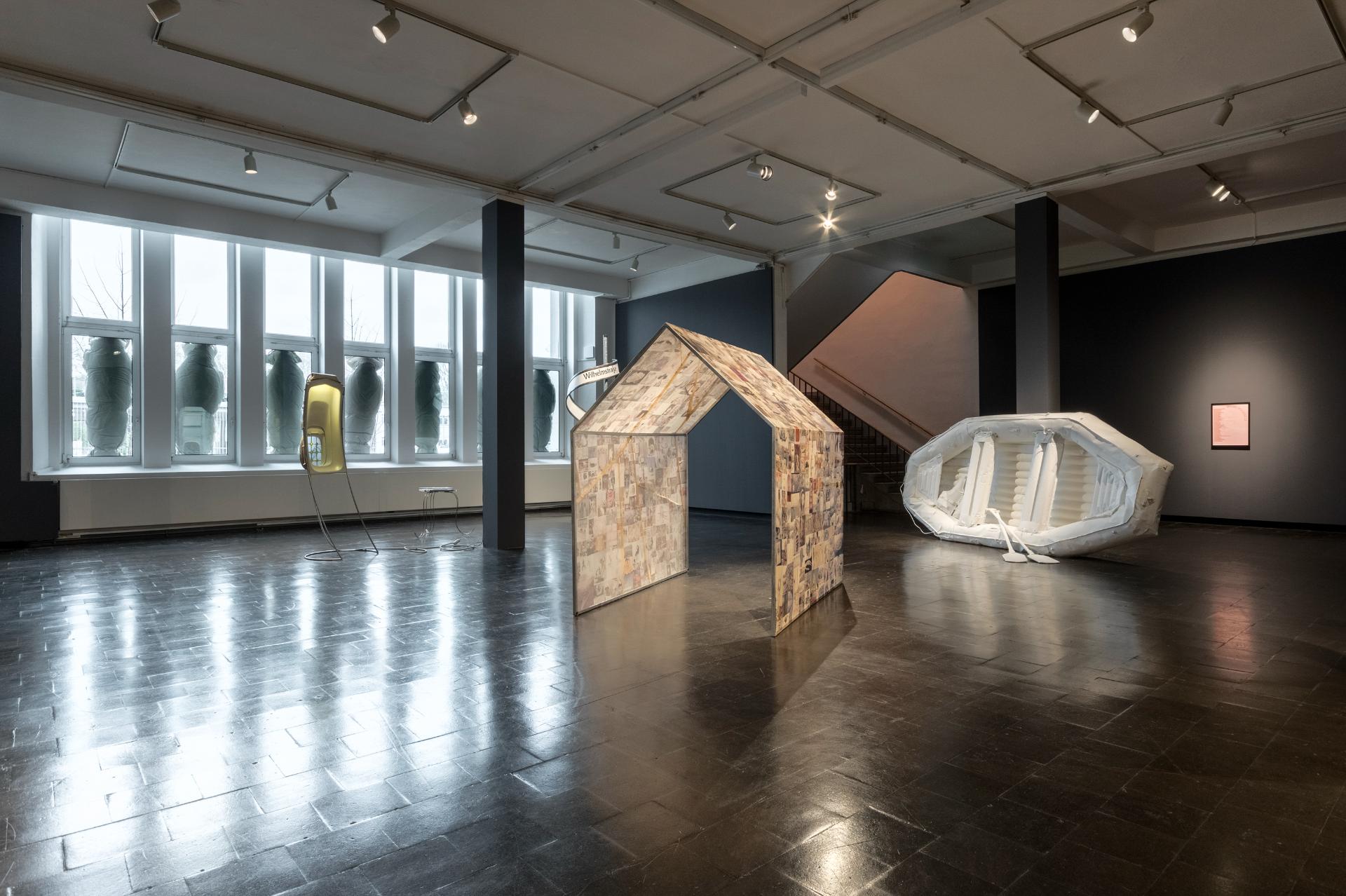
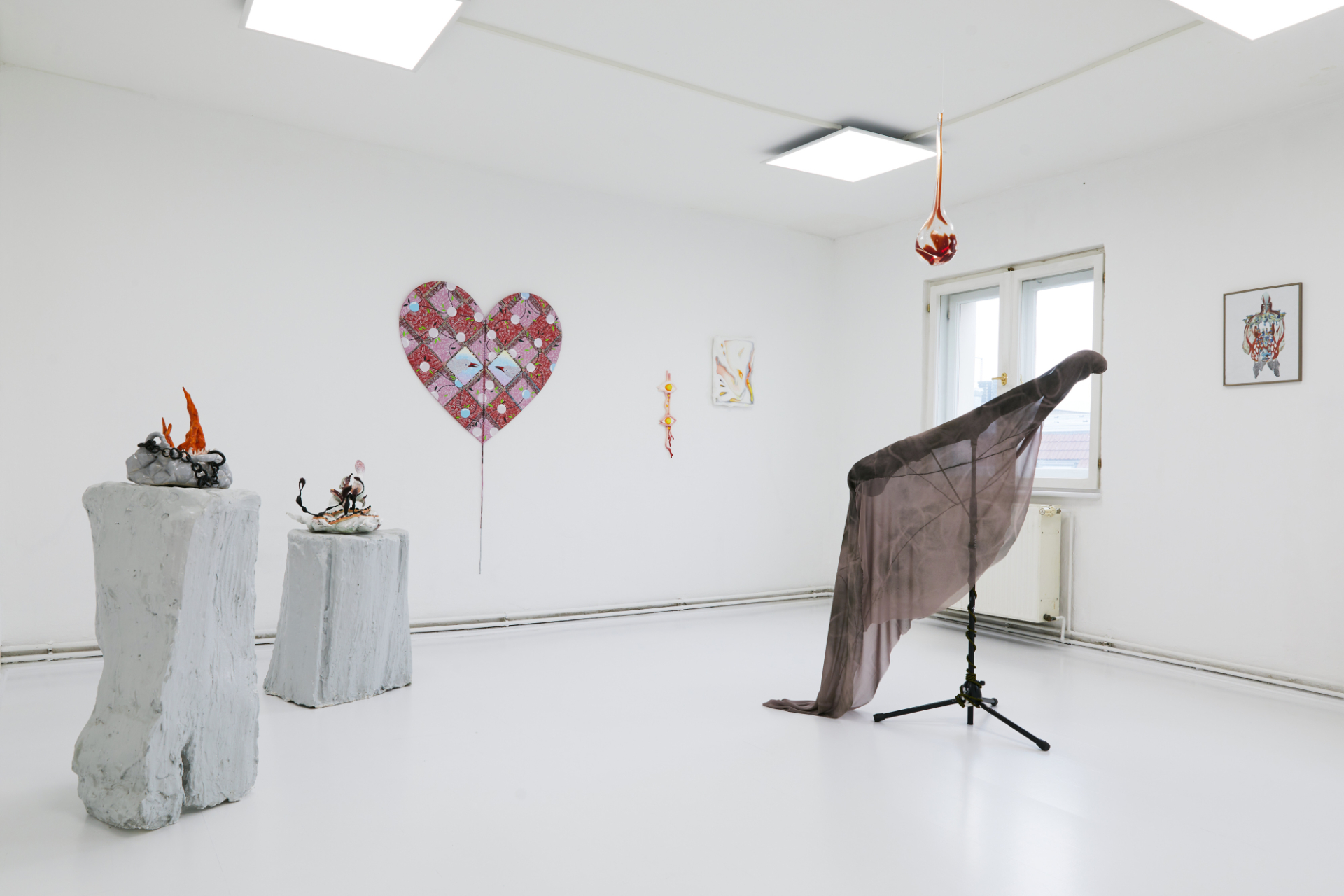
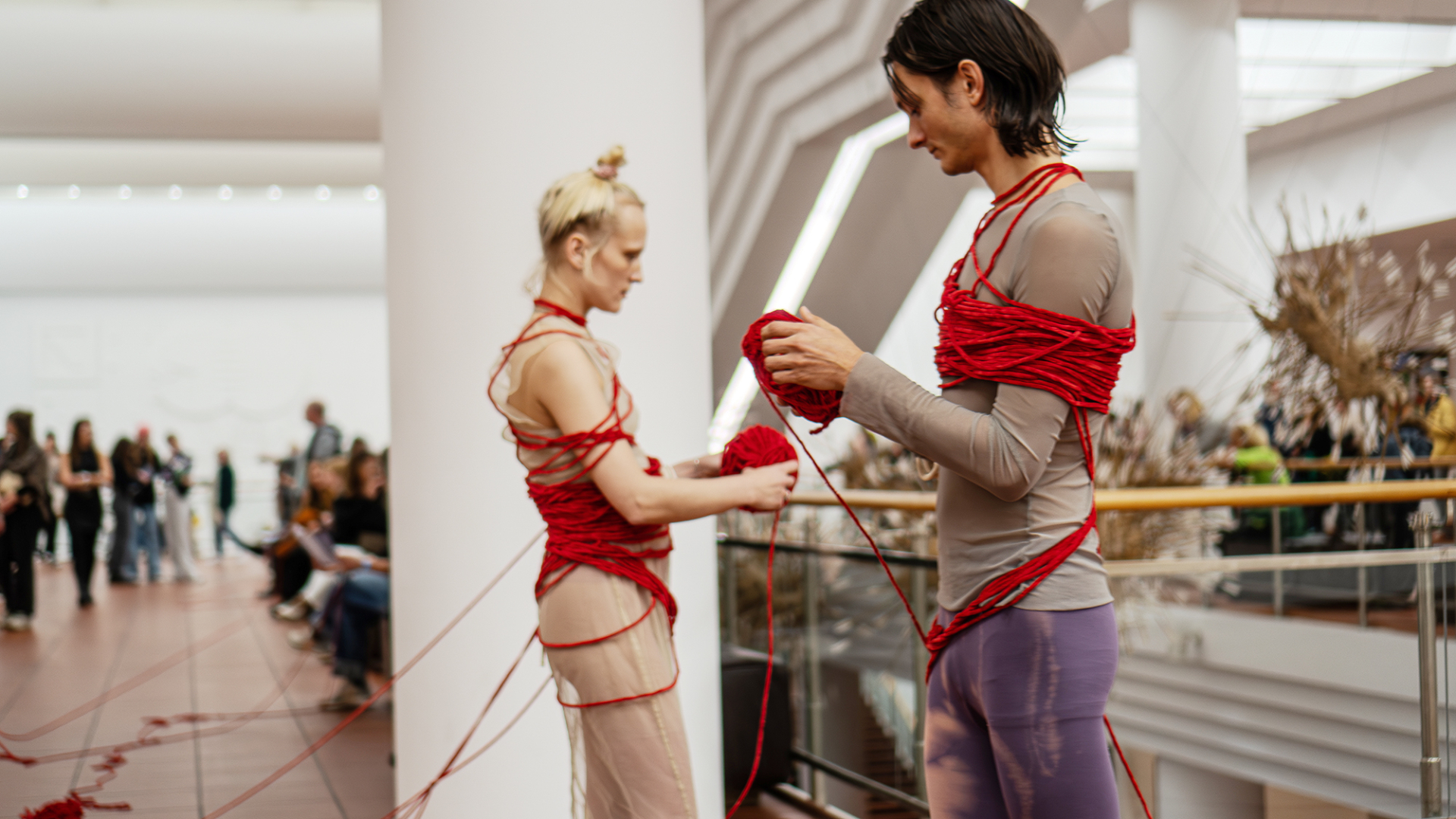
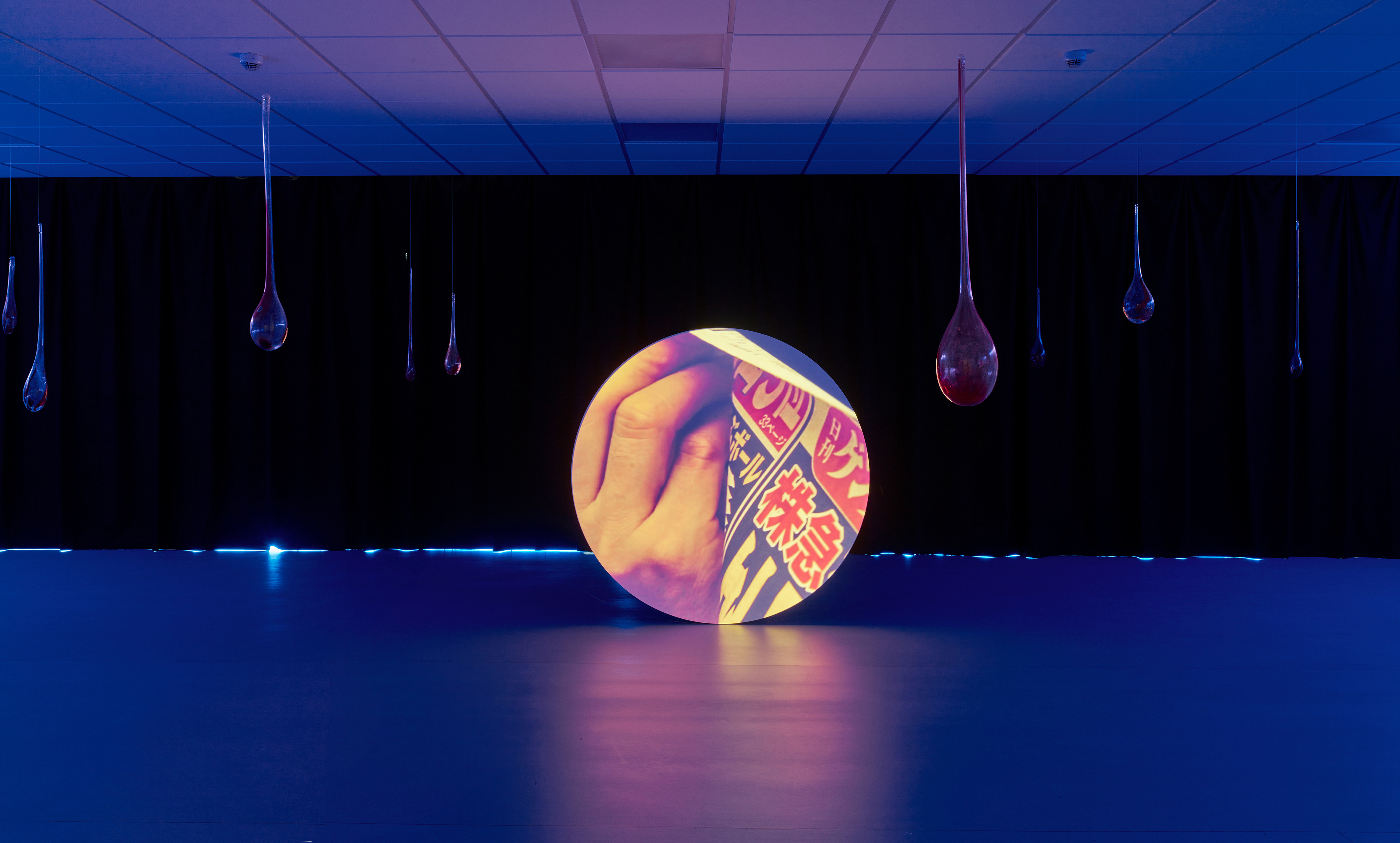
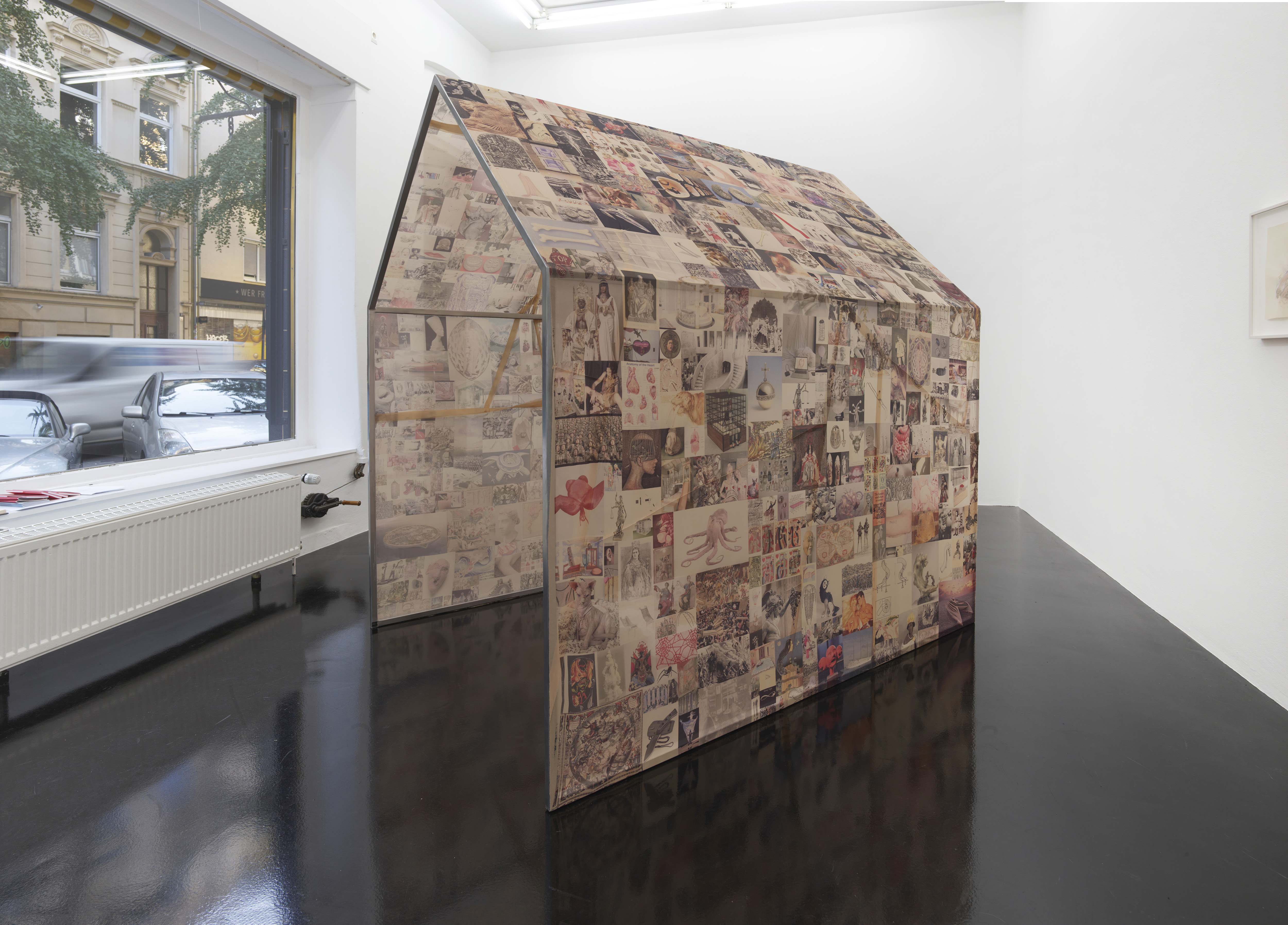

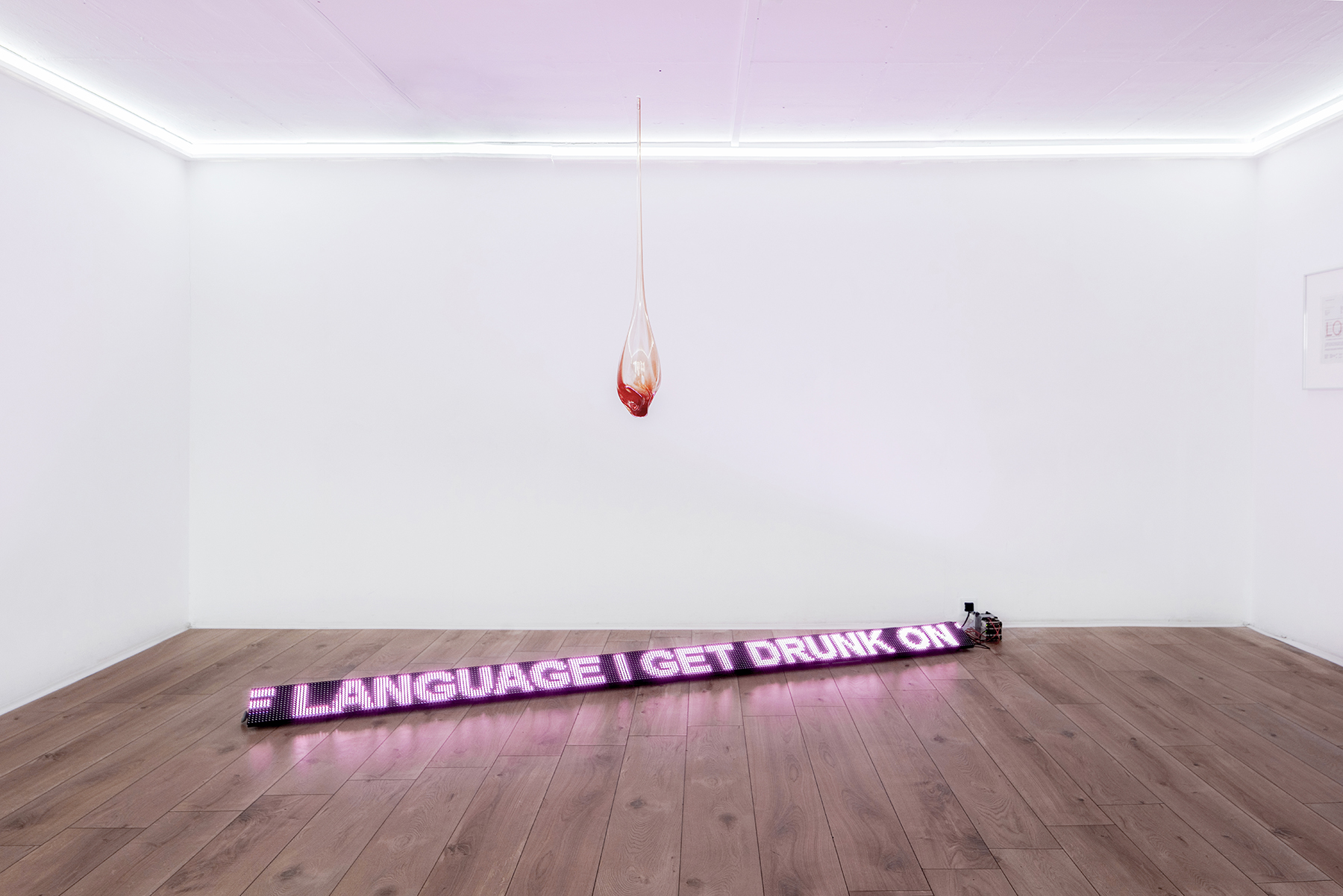
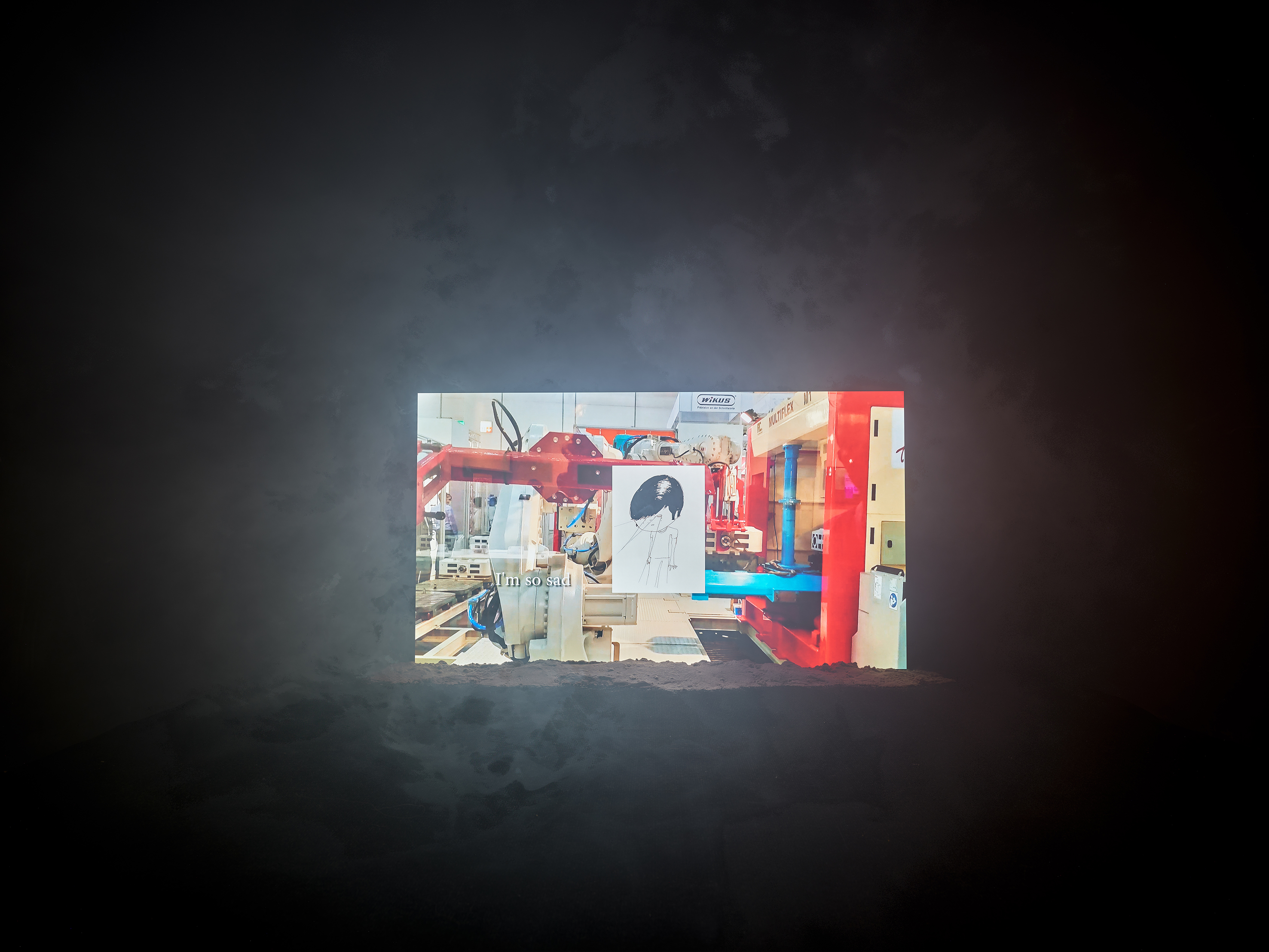
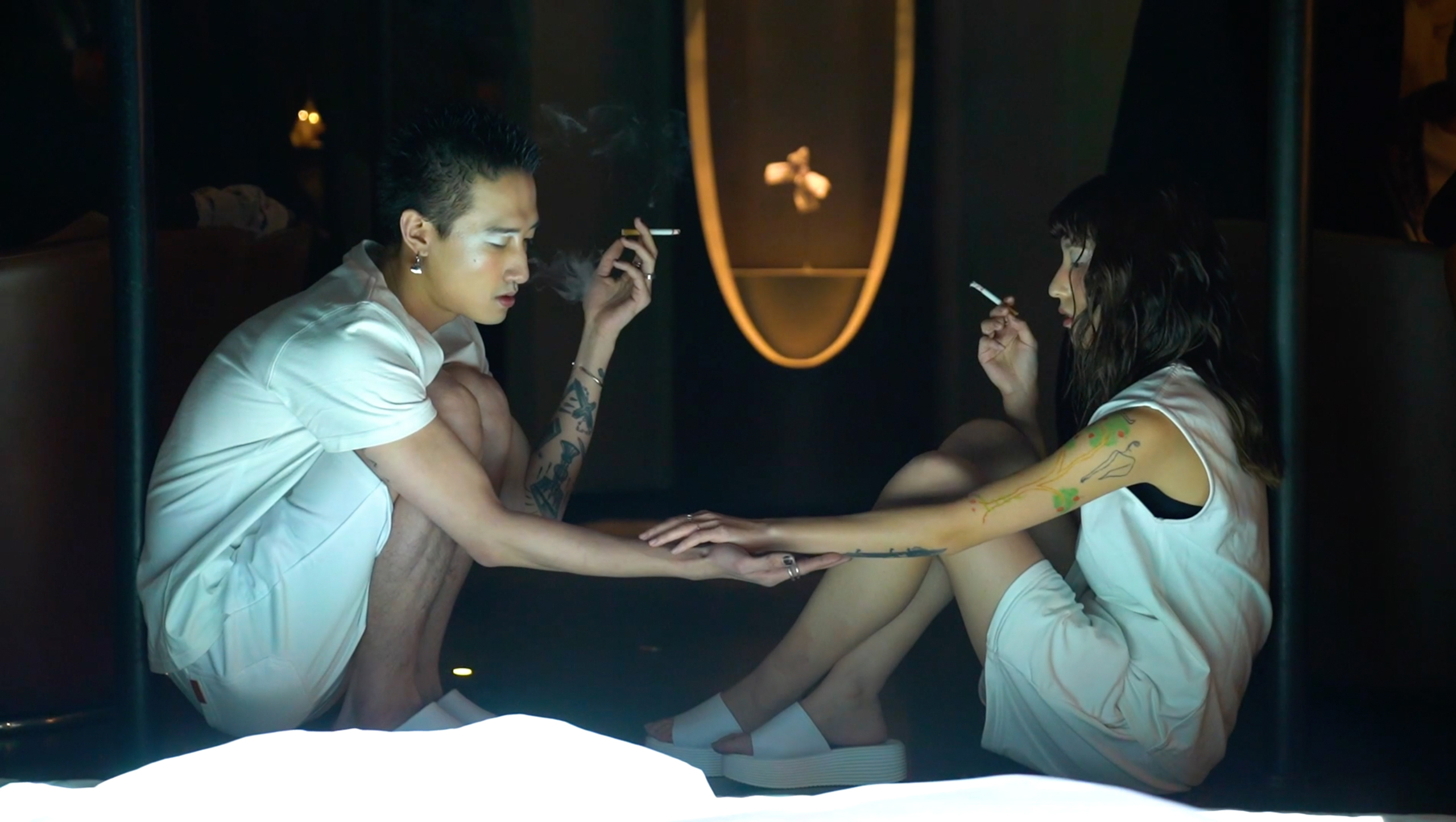

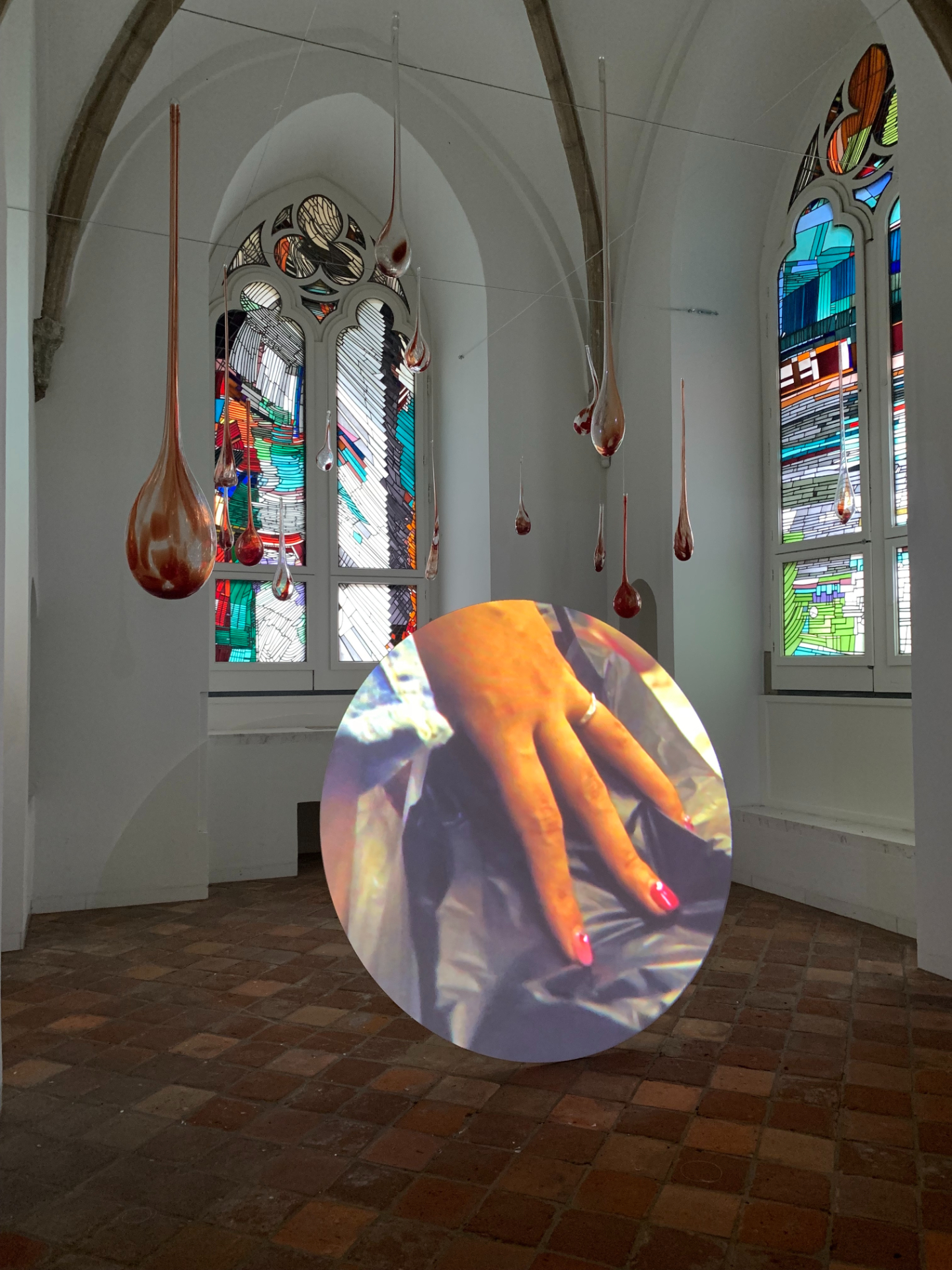
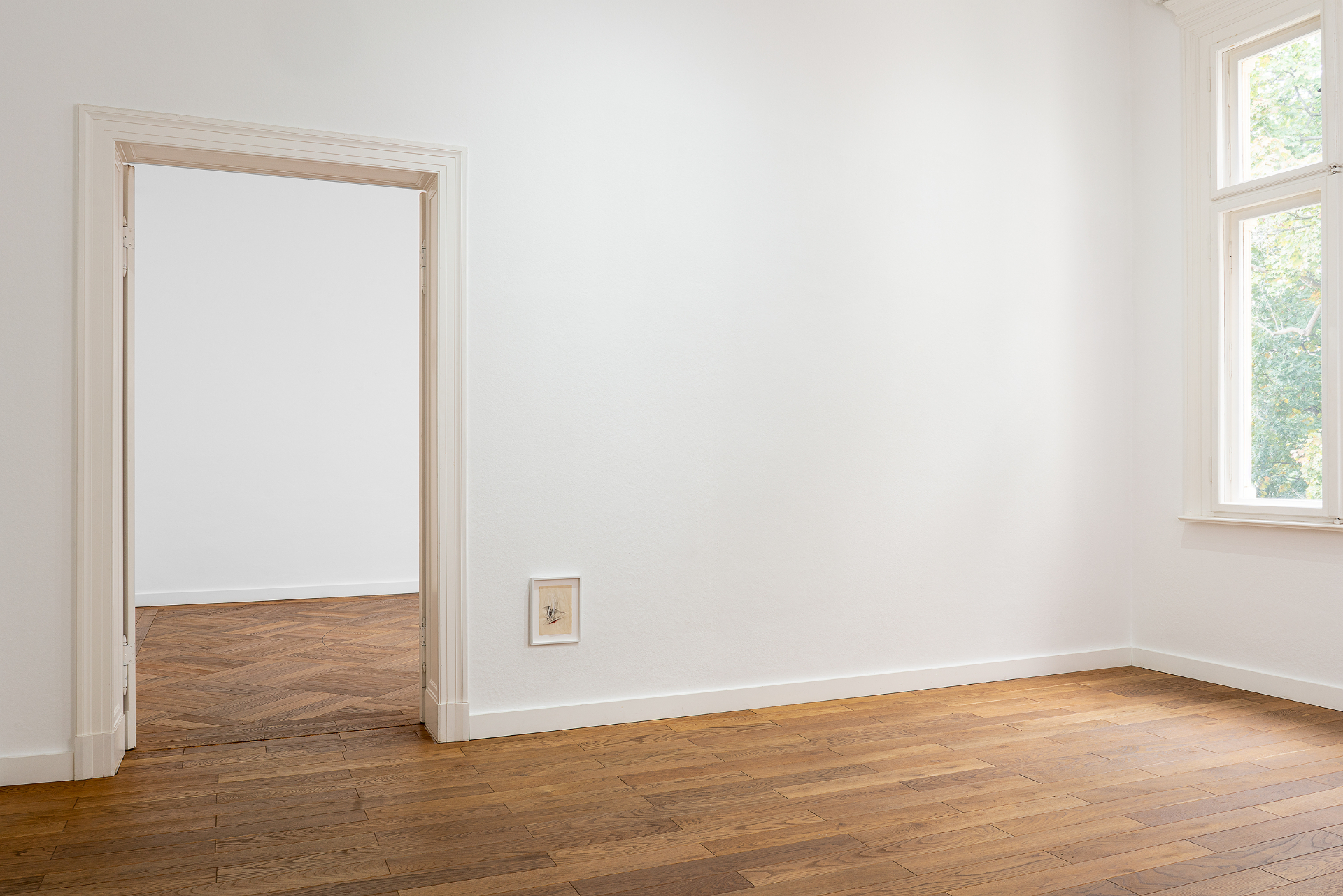
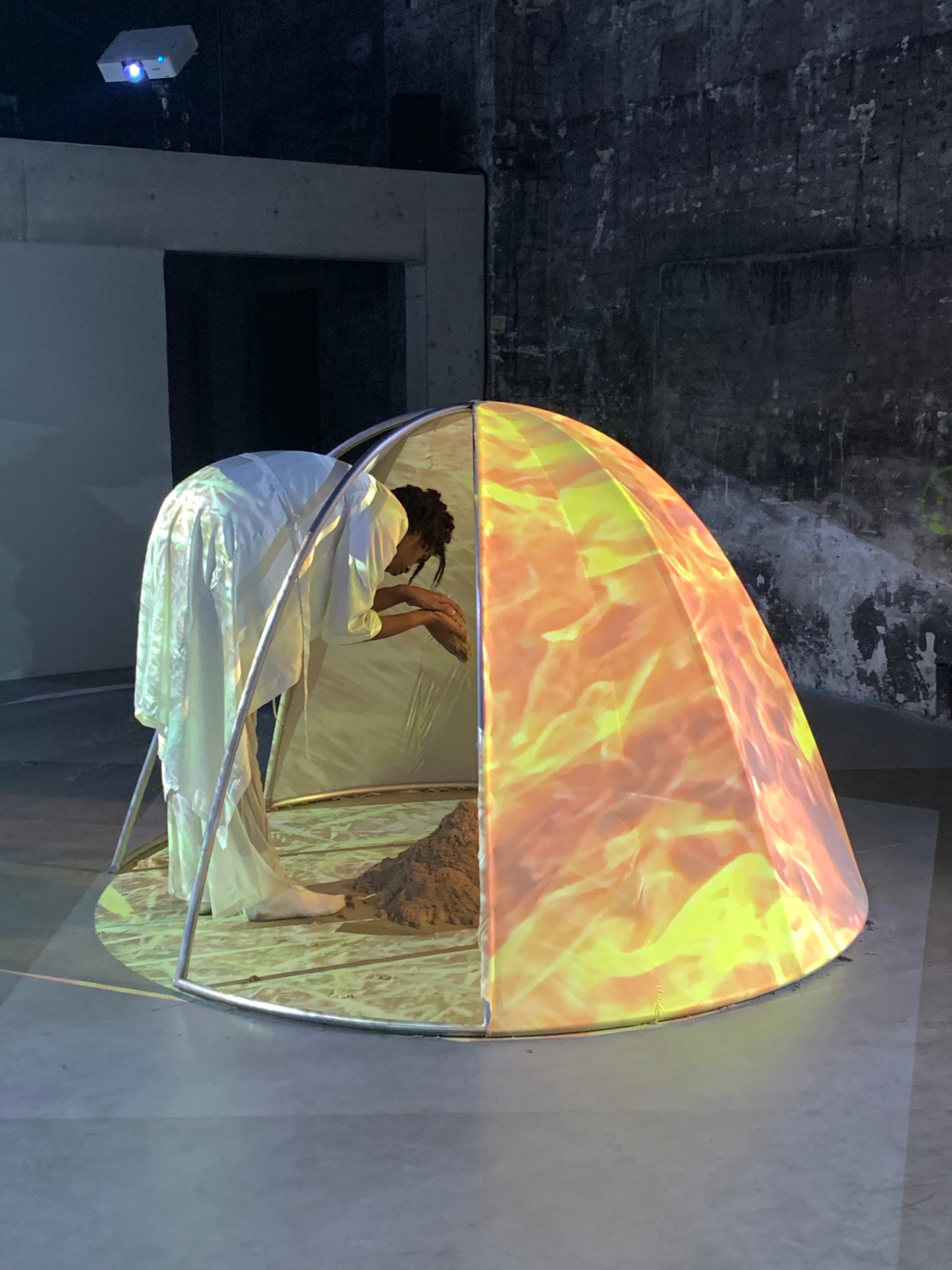

![Metamorphoses of Control [Catalogue launch]](https://media.isabellafuernkaes.com/Isabella_Fuernkaes_Mouches_Volantes_Metamorphoses_of_Control_2022_00001.jpg)
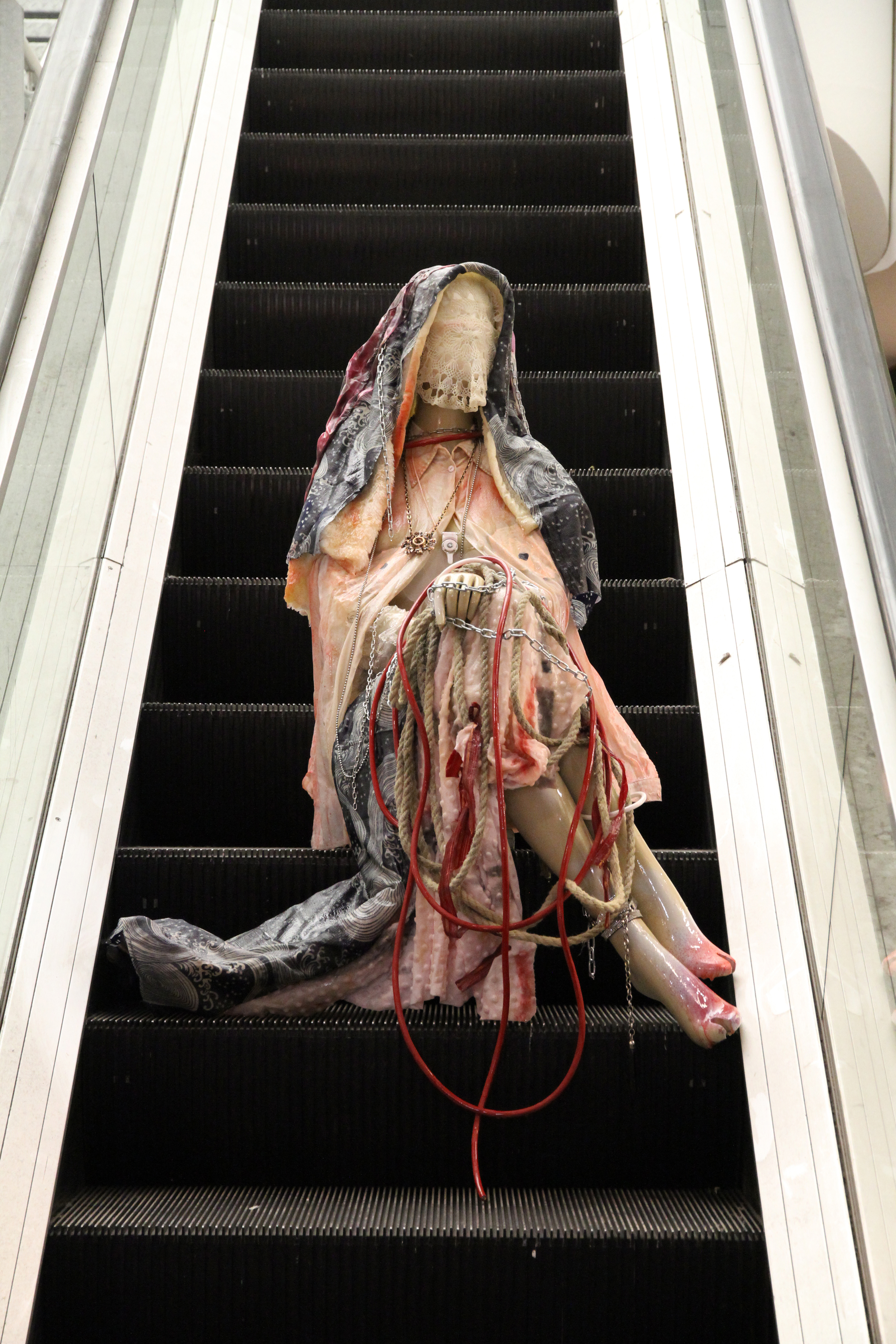
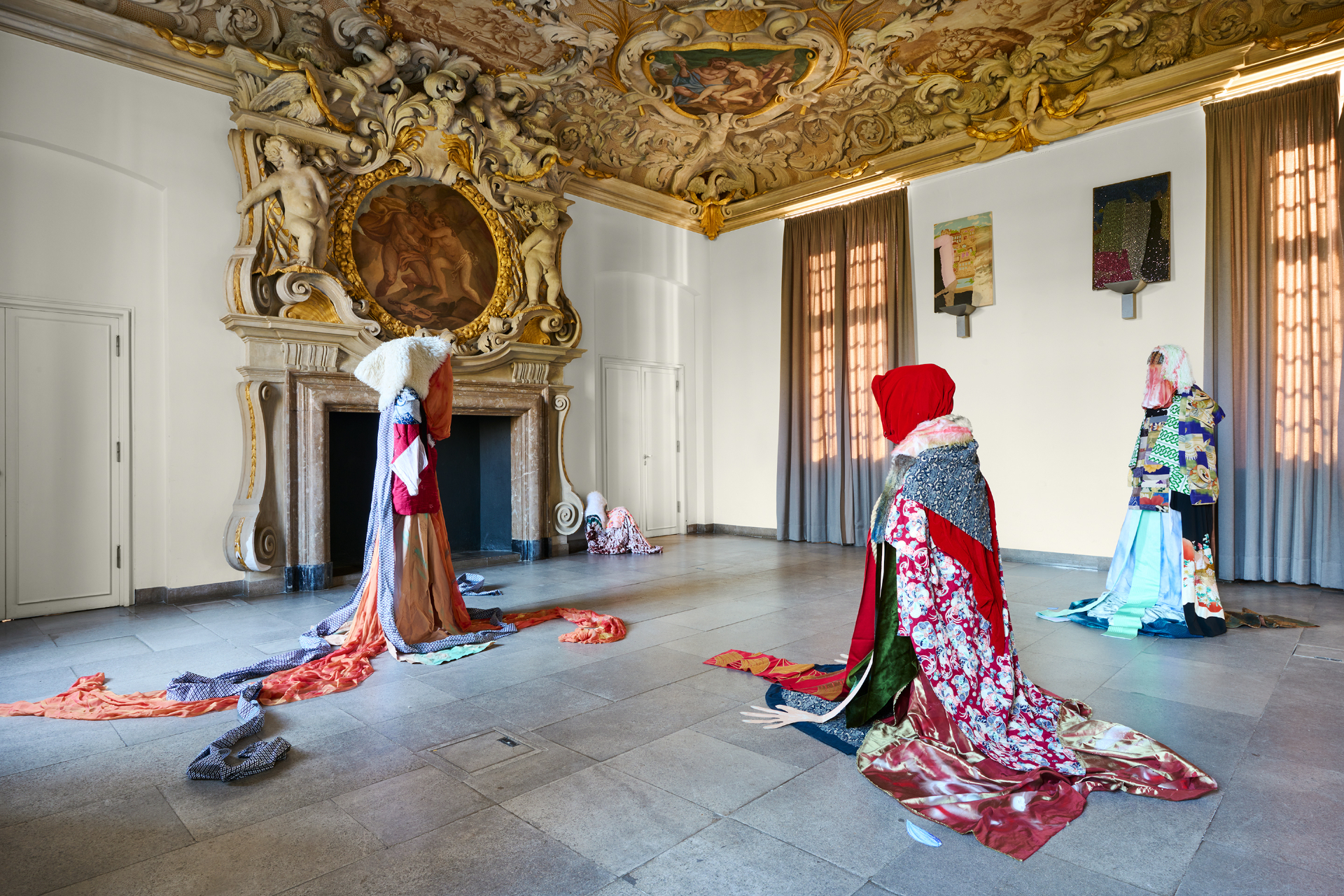
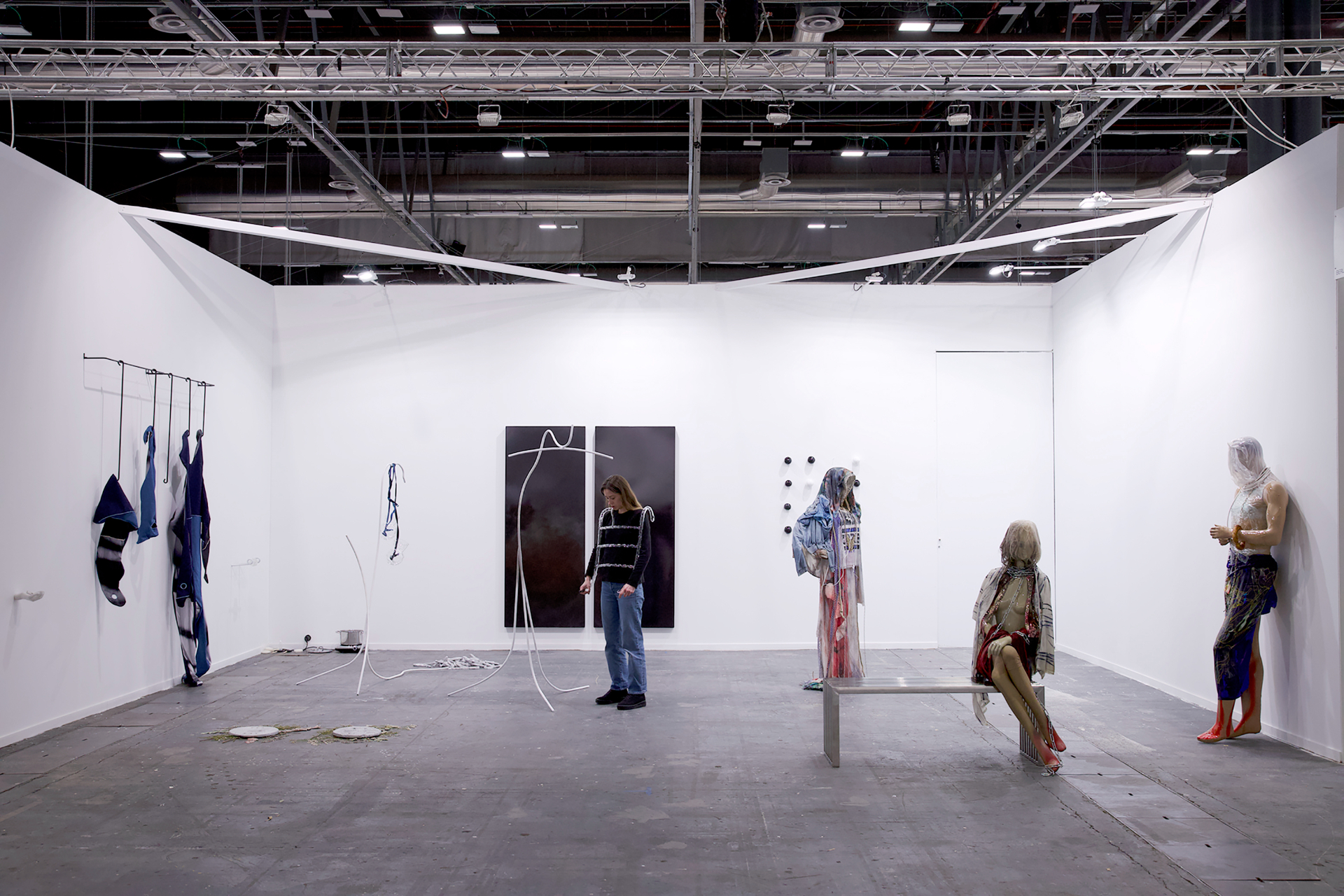
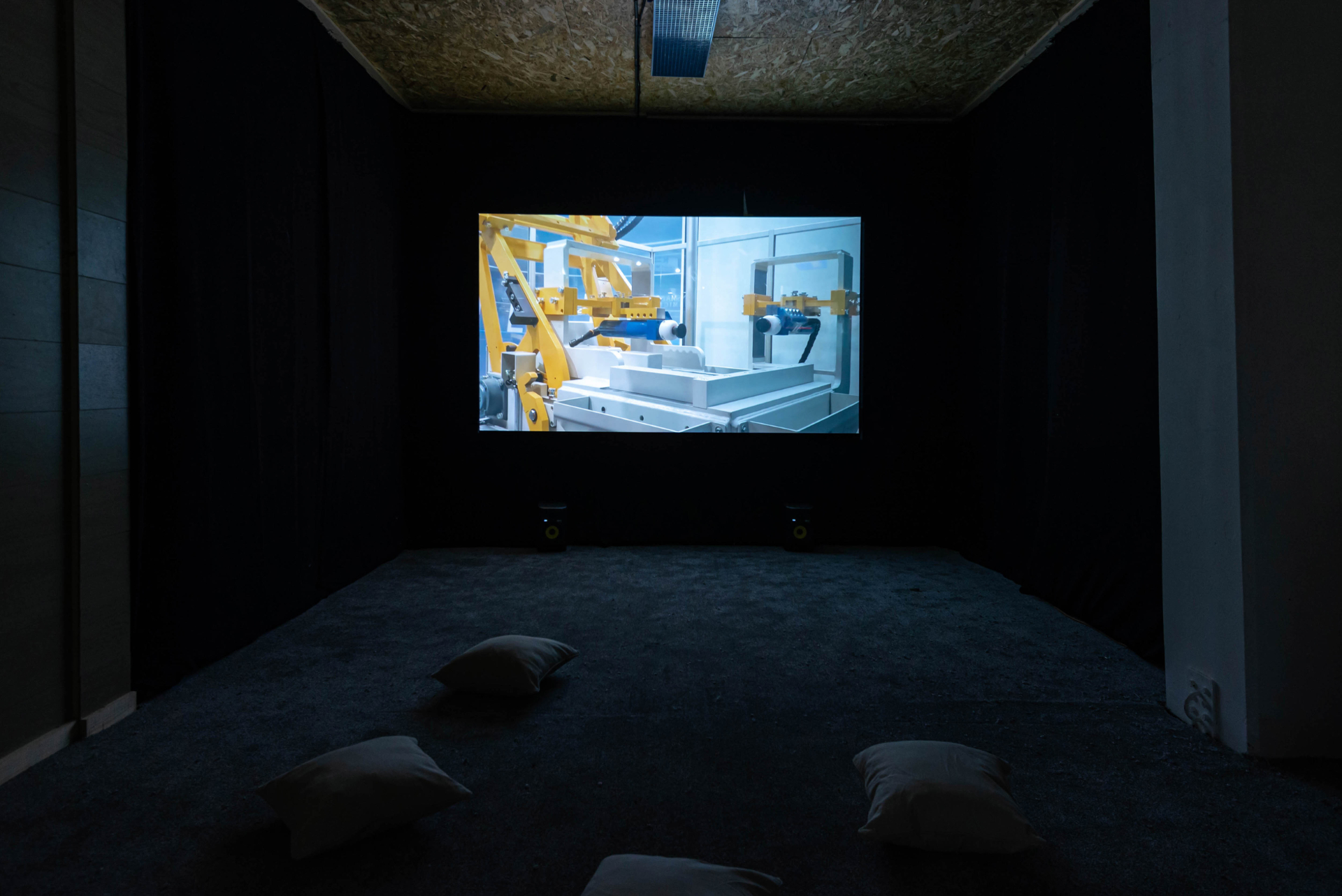
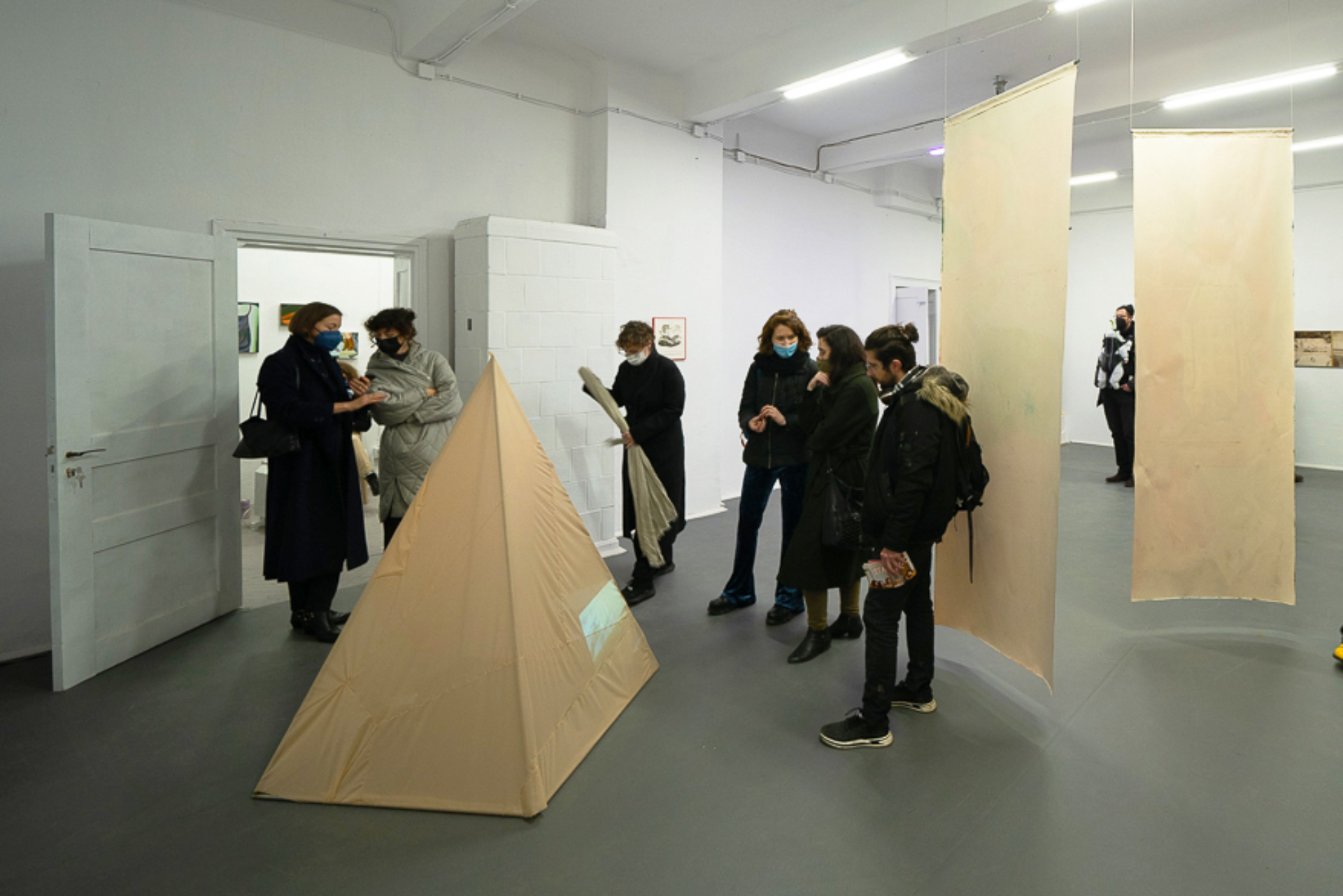
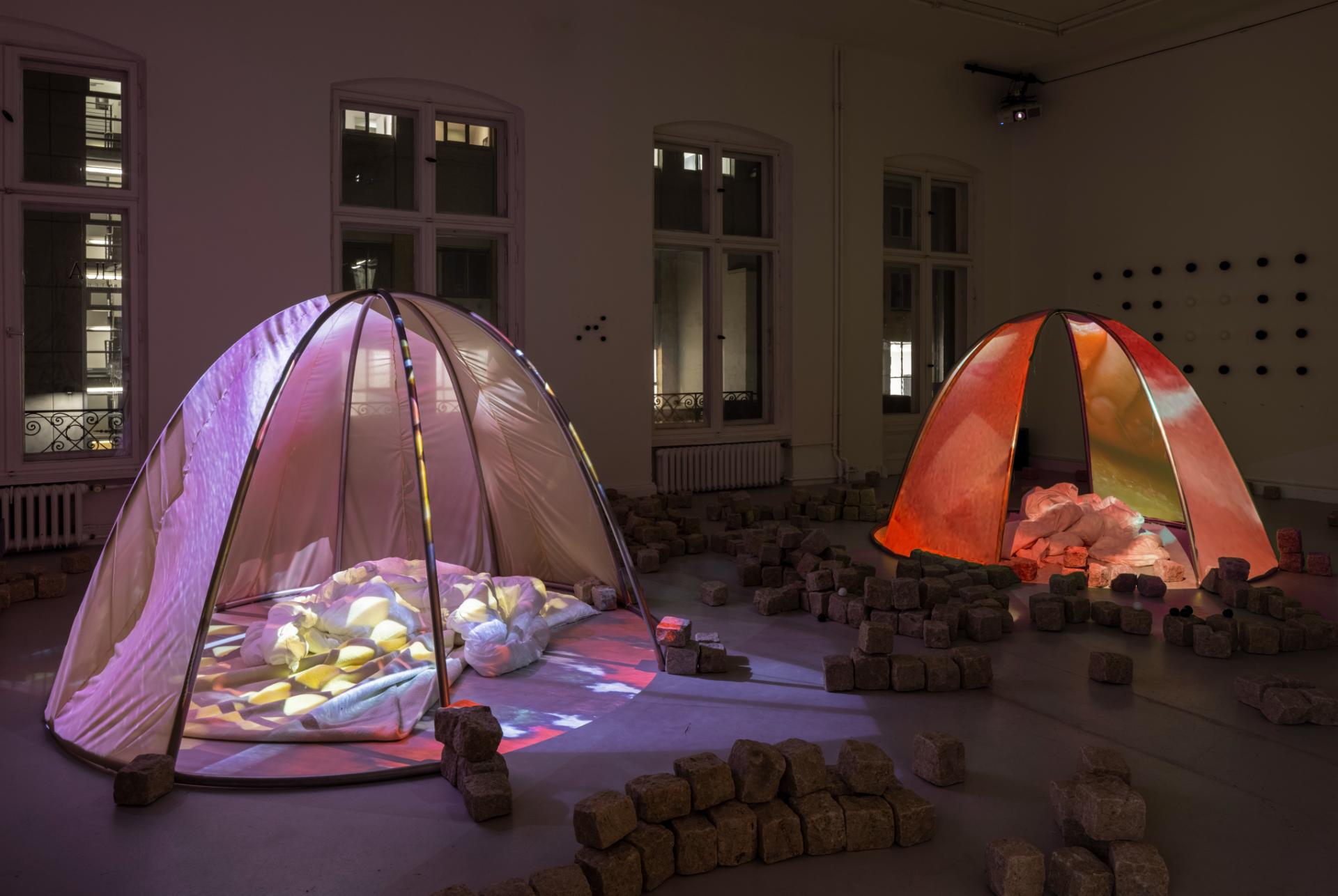
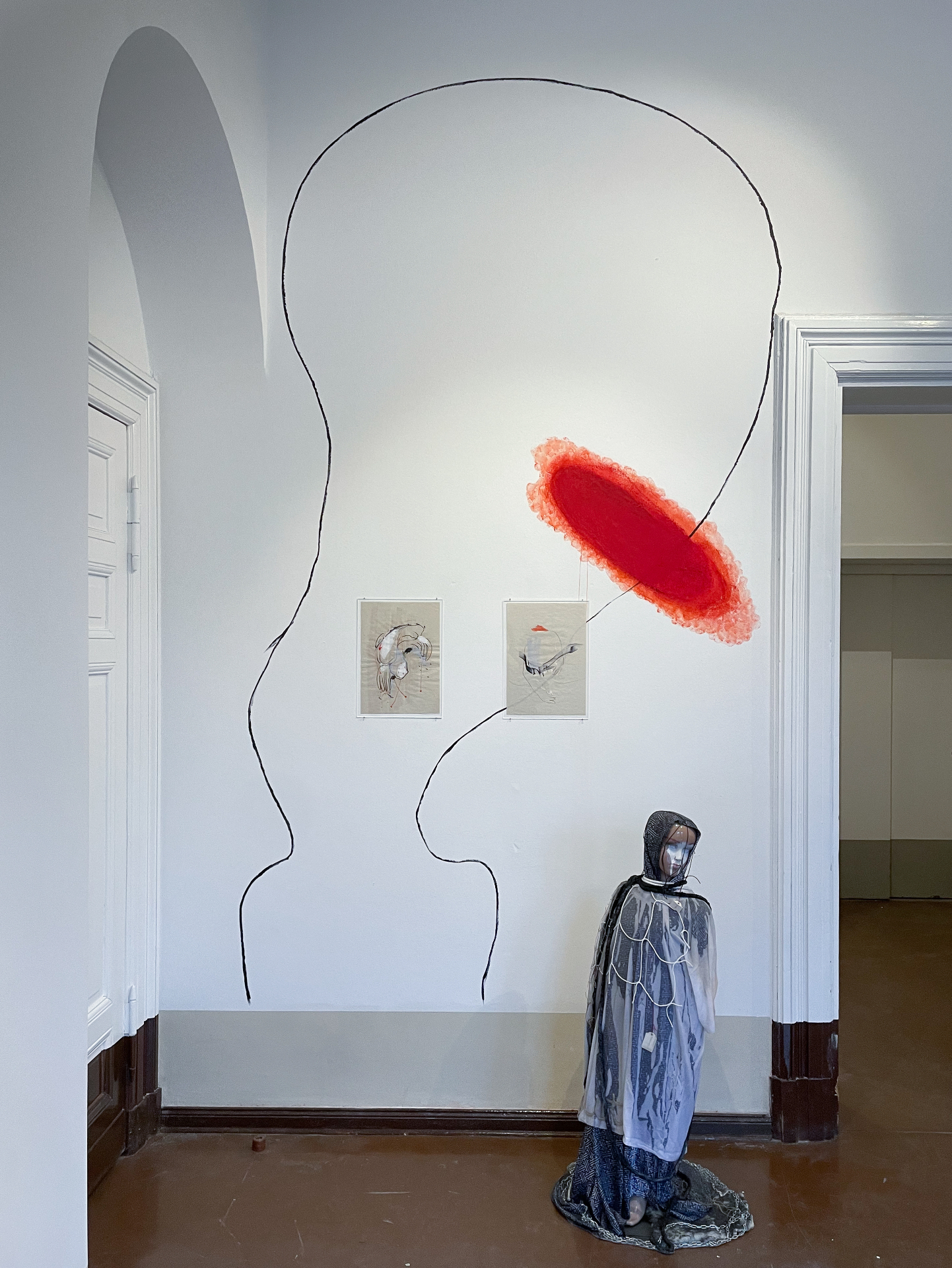
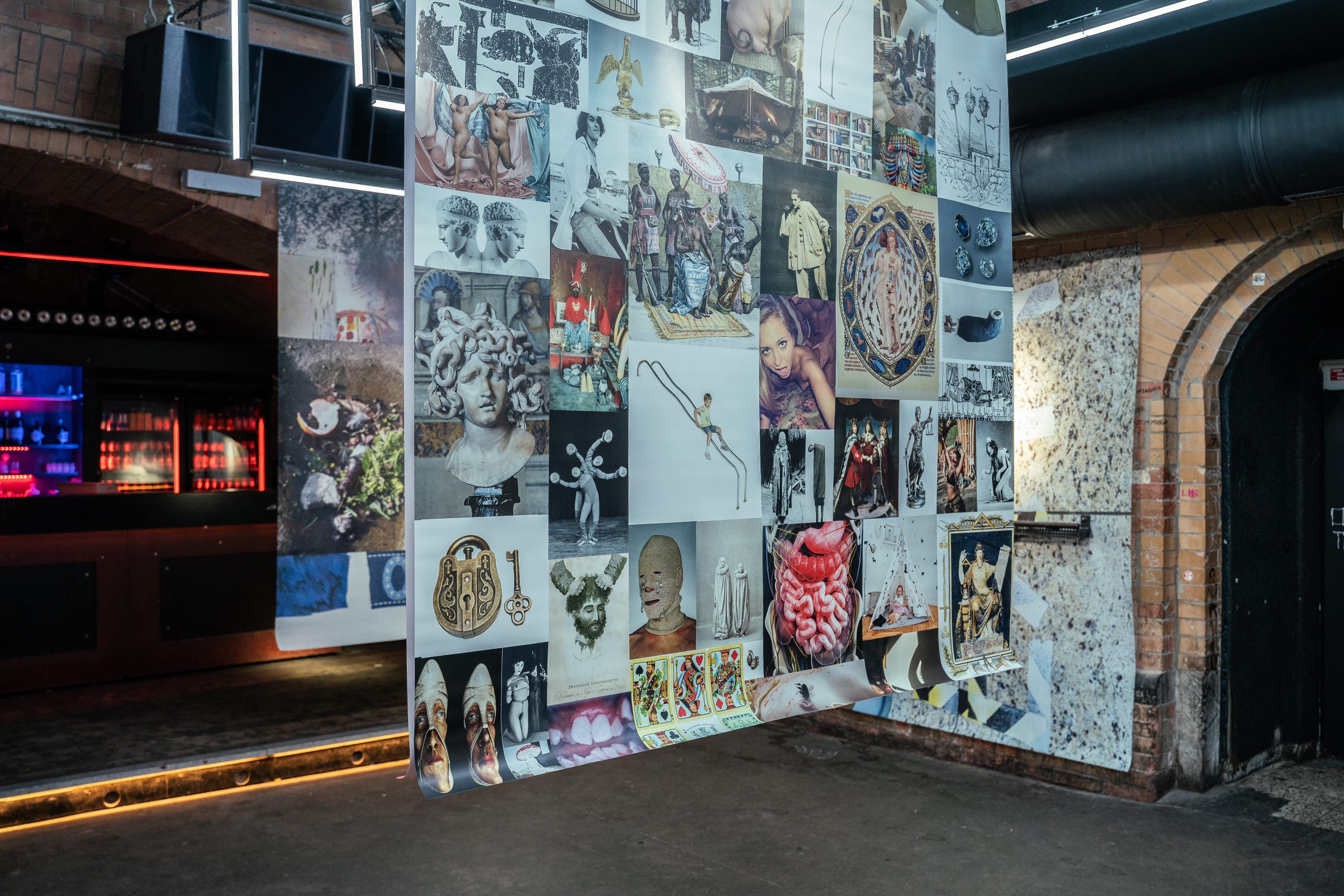
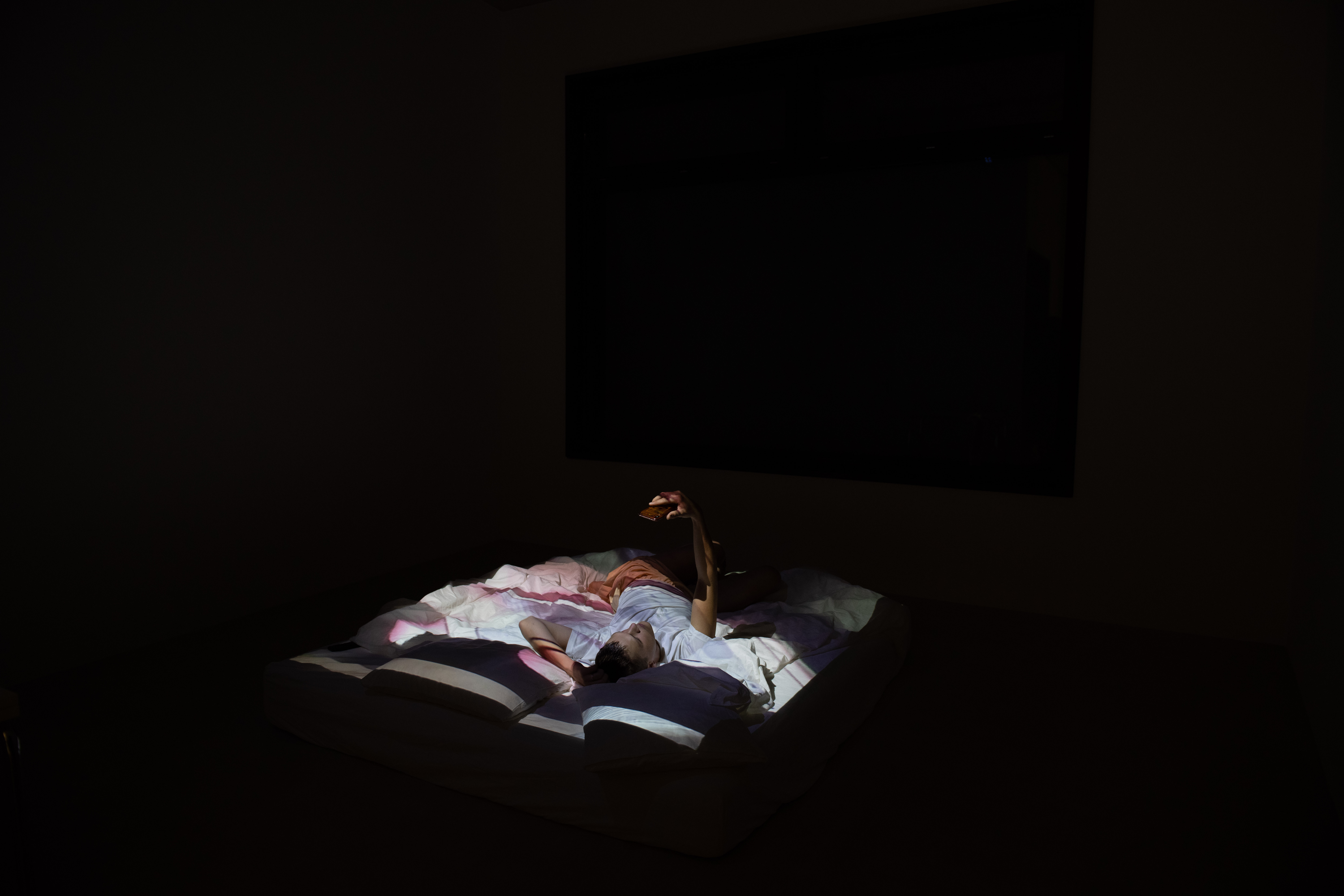
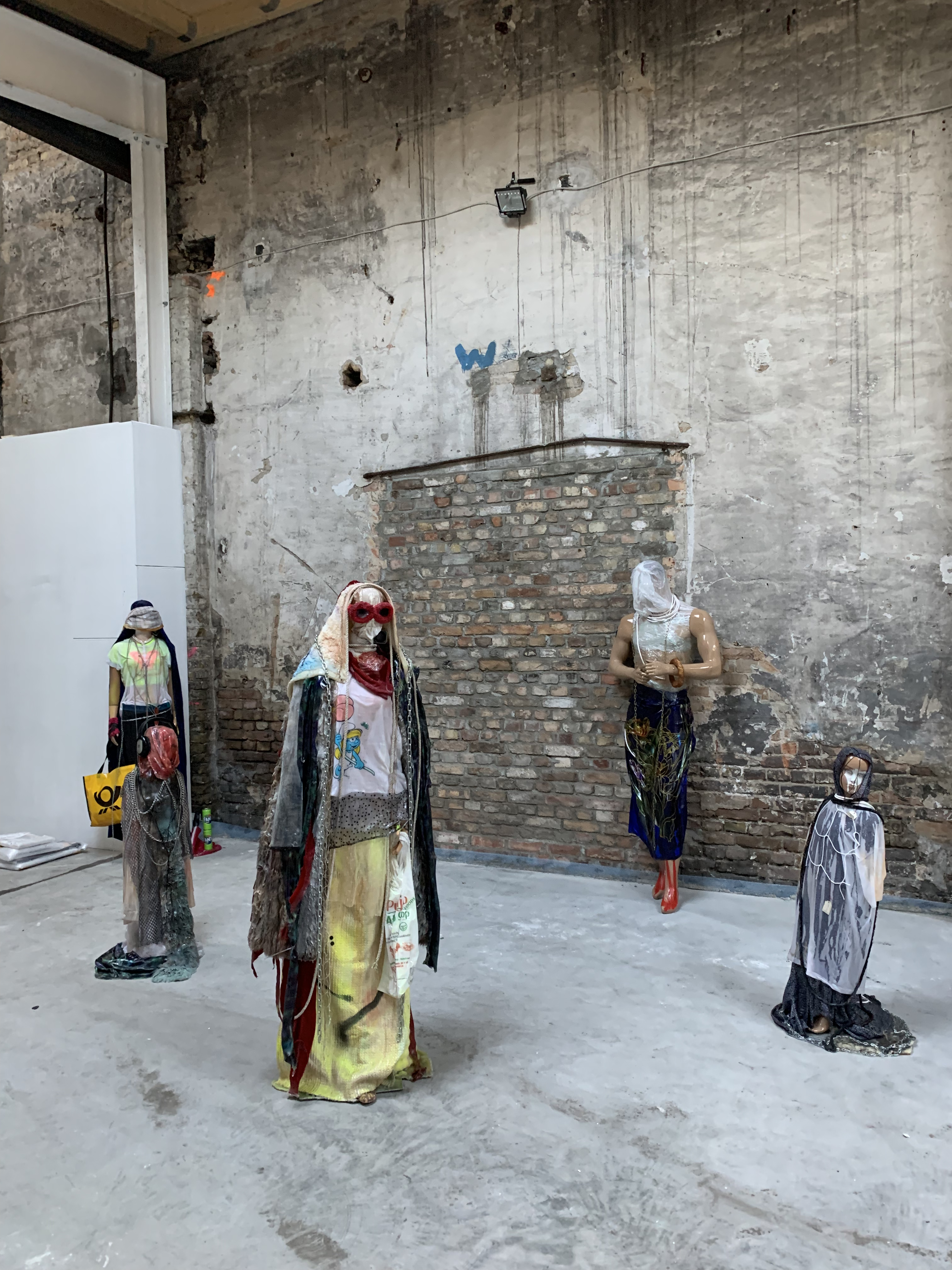

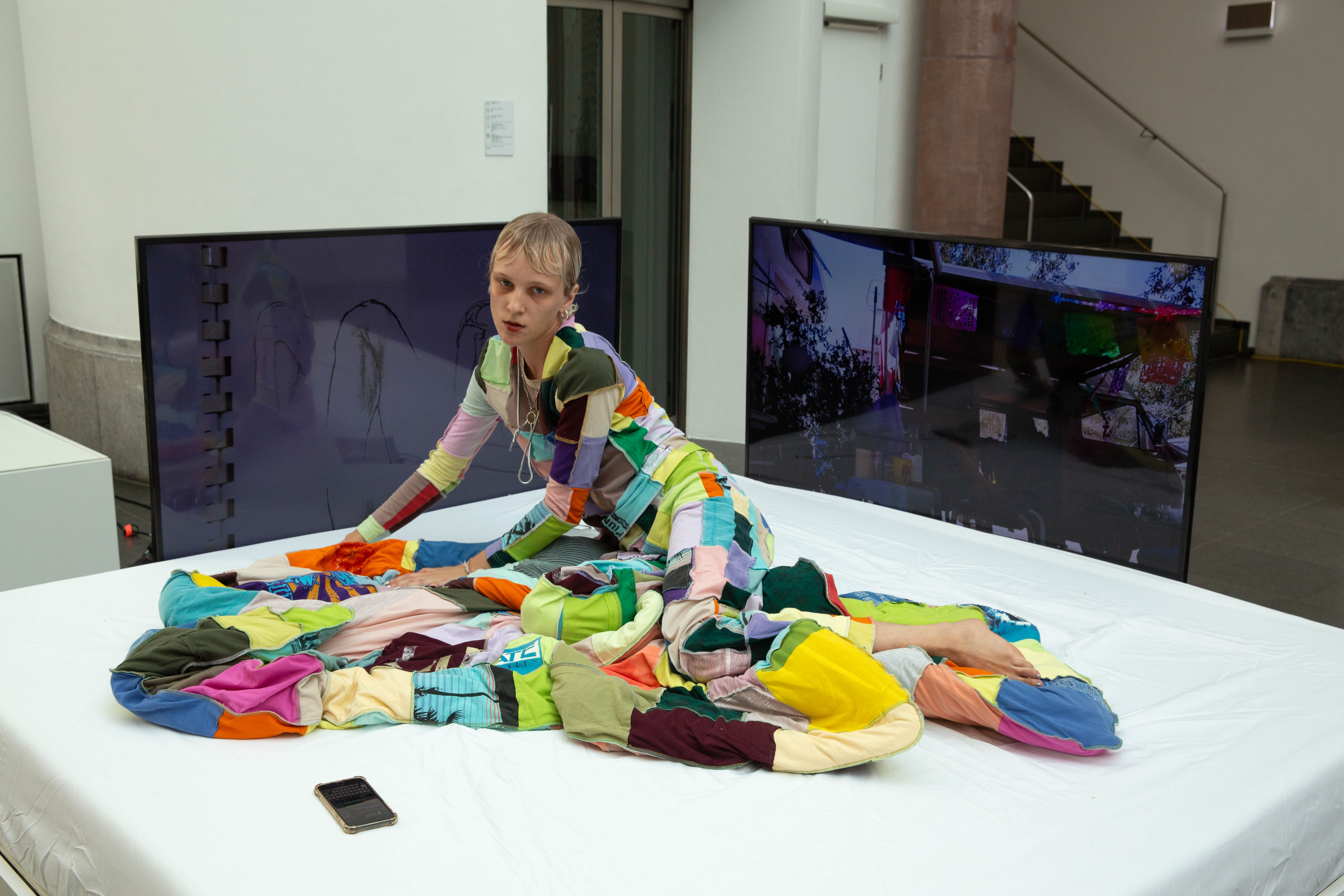
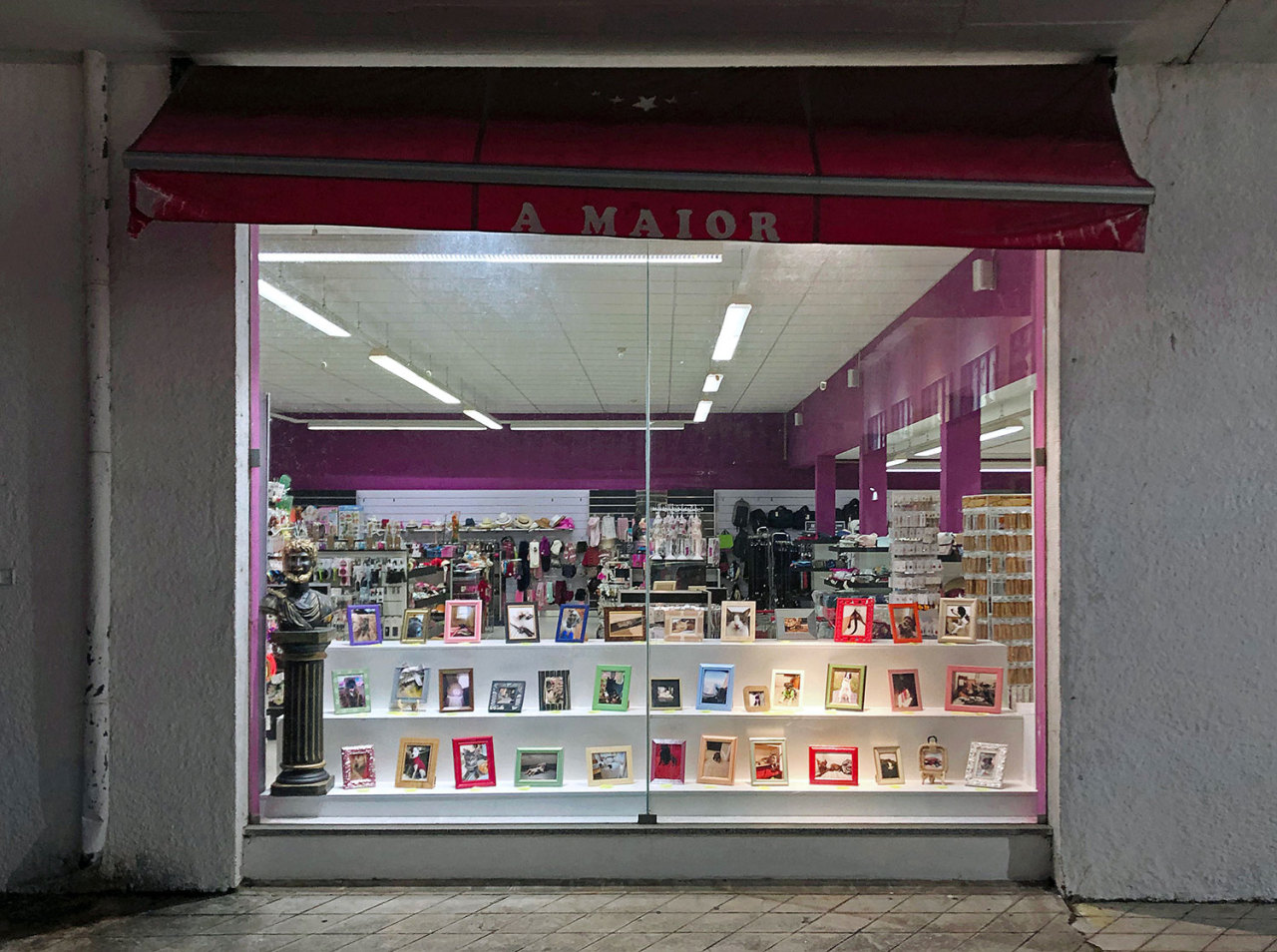
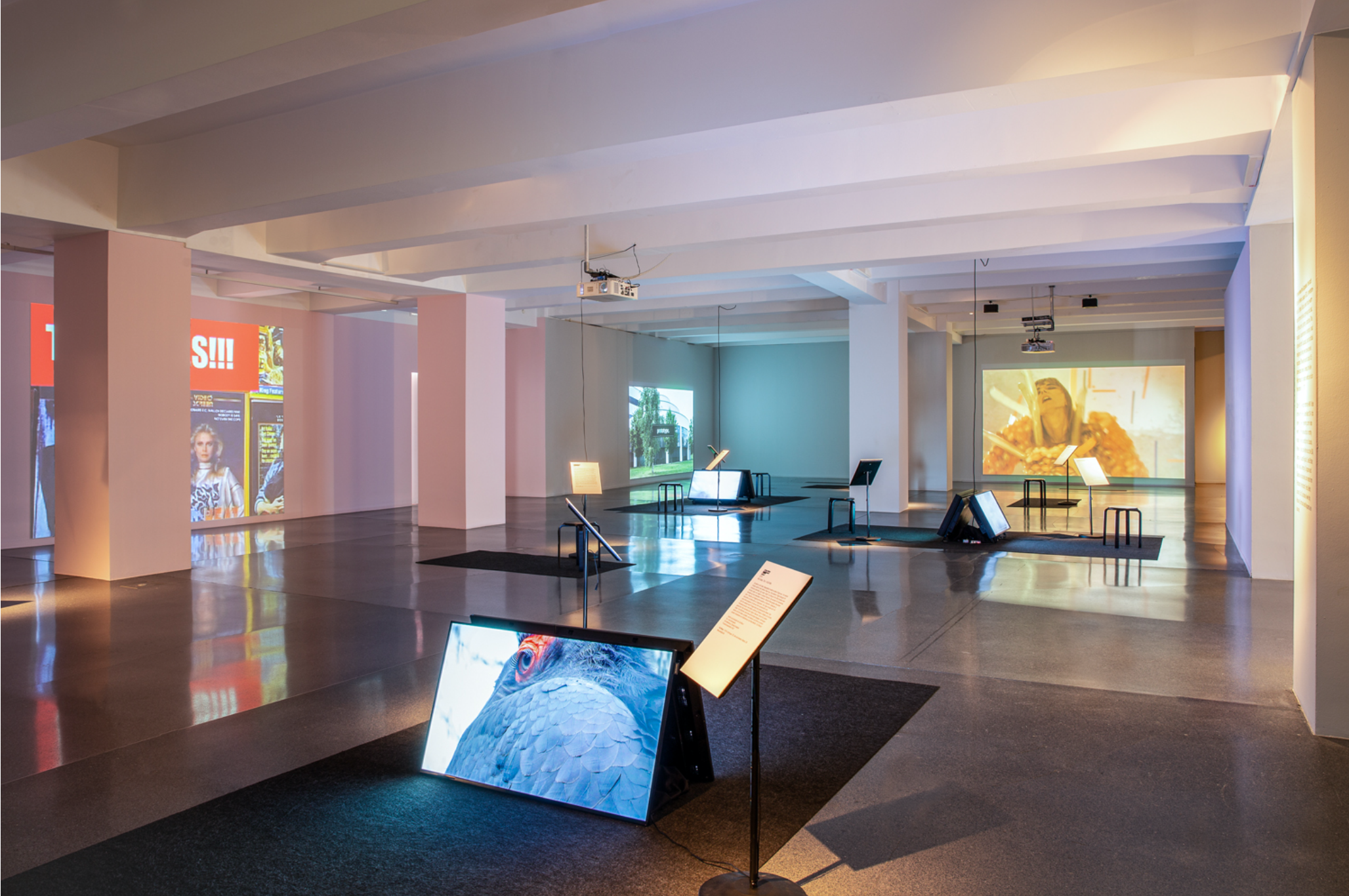

definitively_Goeben_Berlin_2020_00003.JPG)
